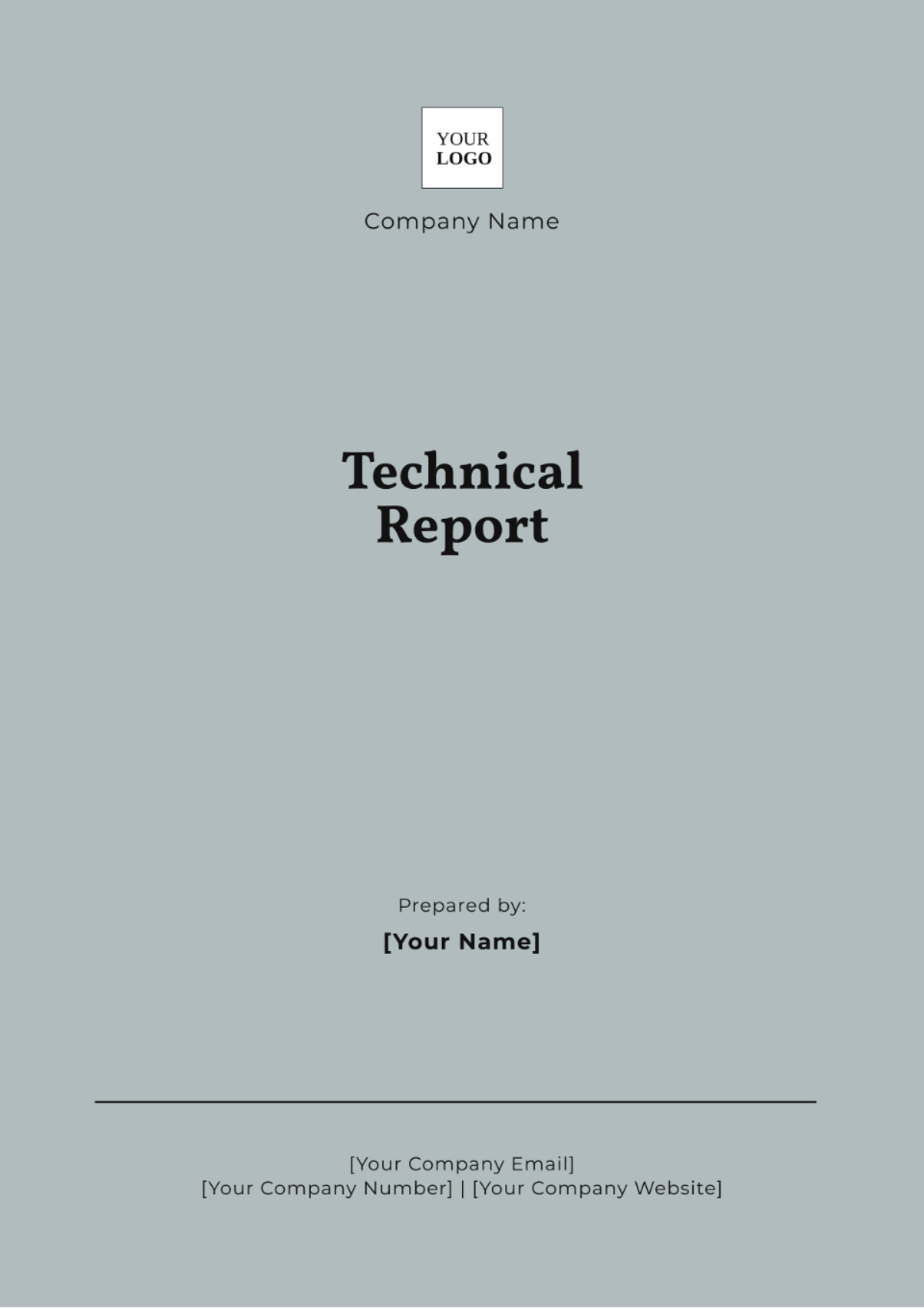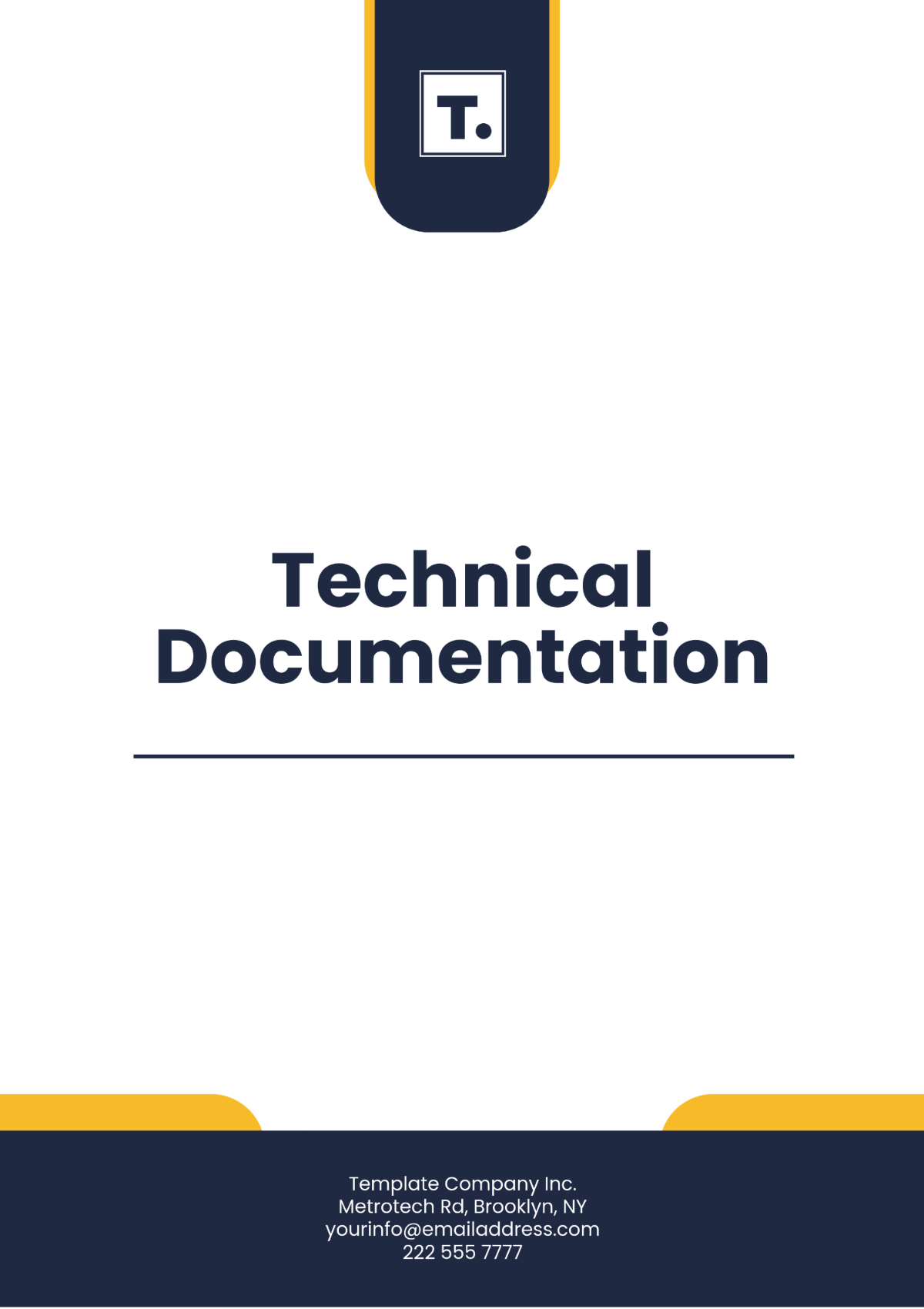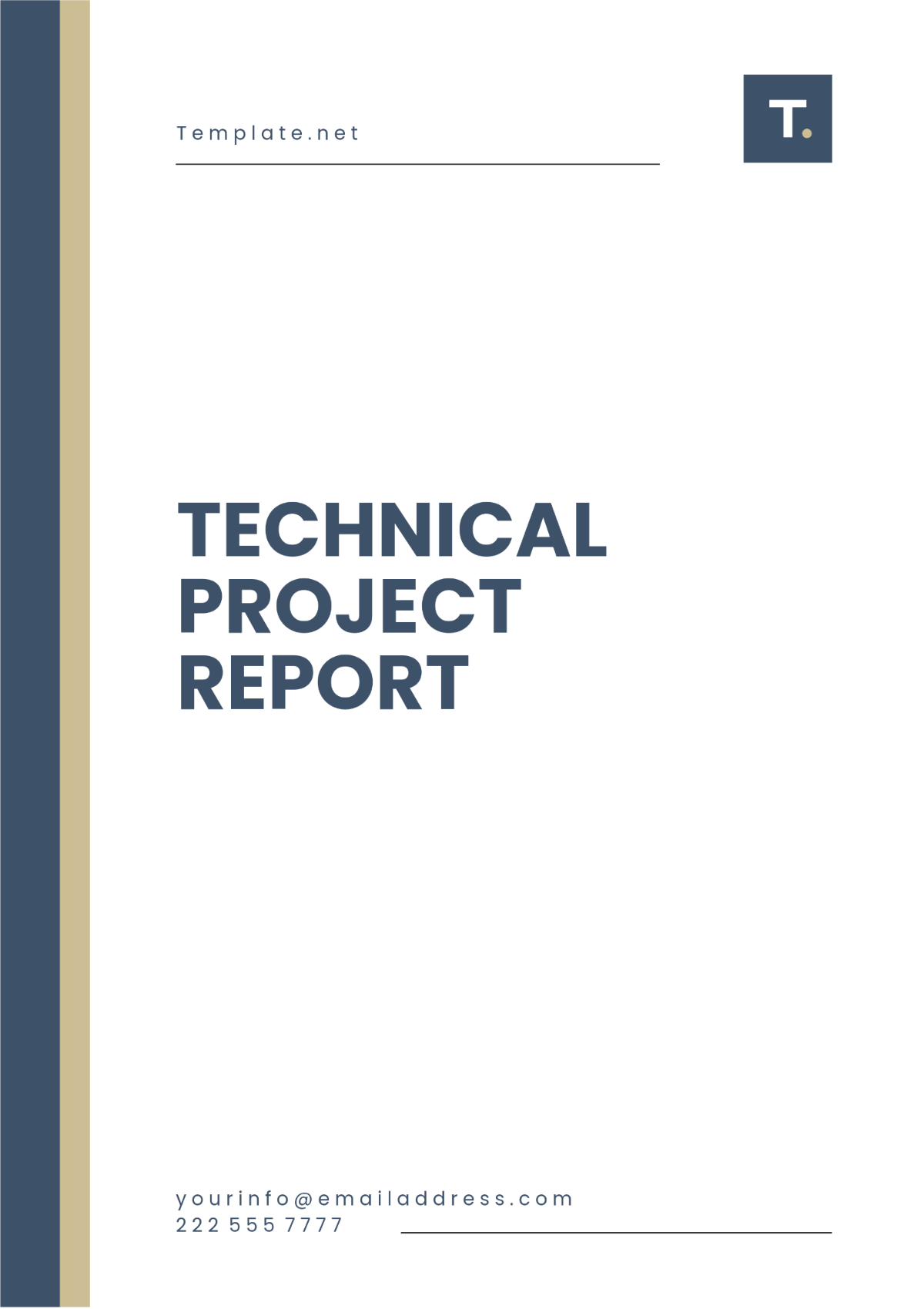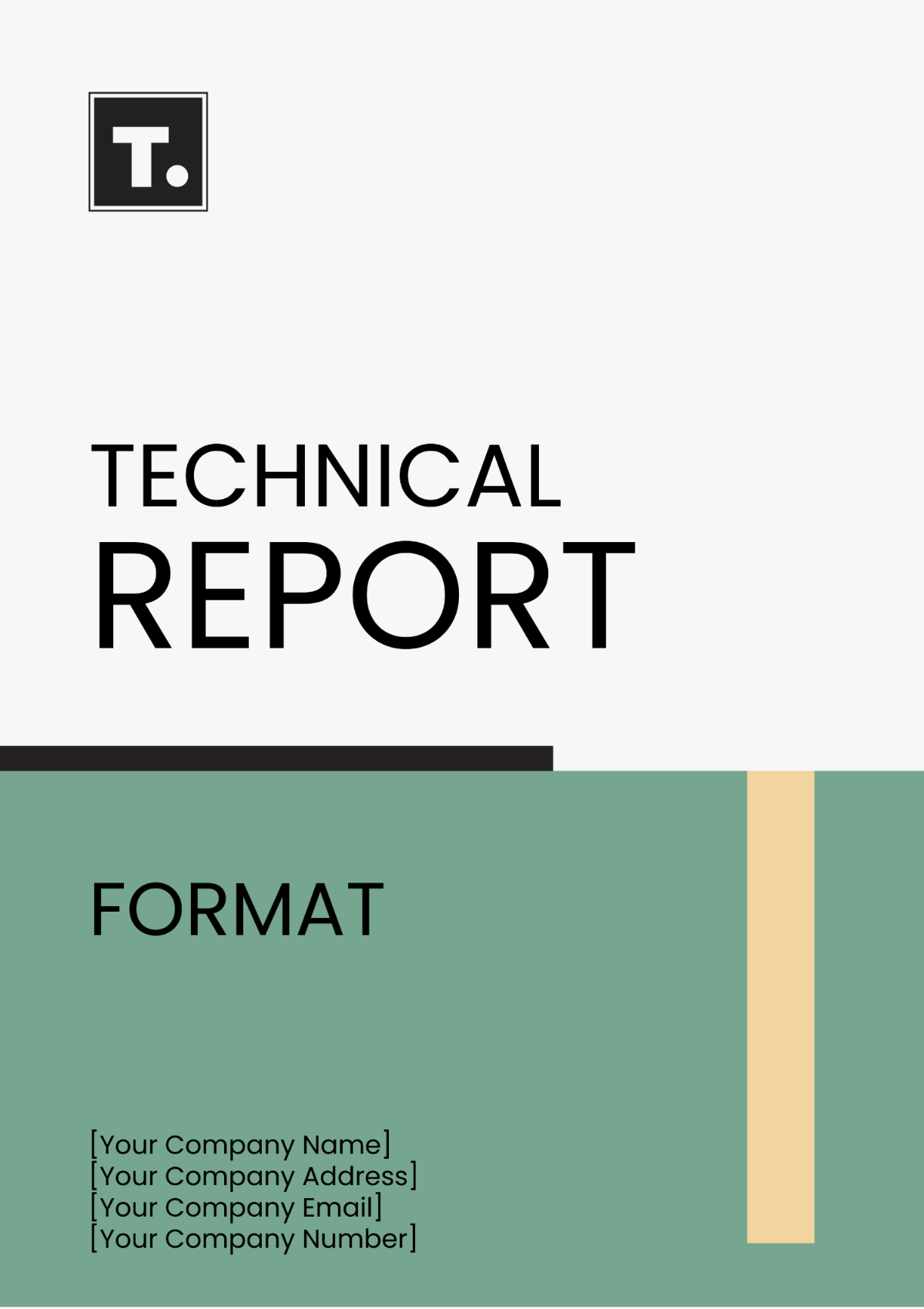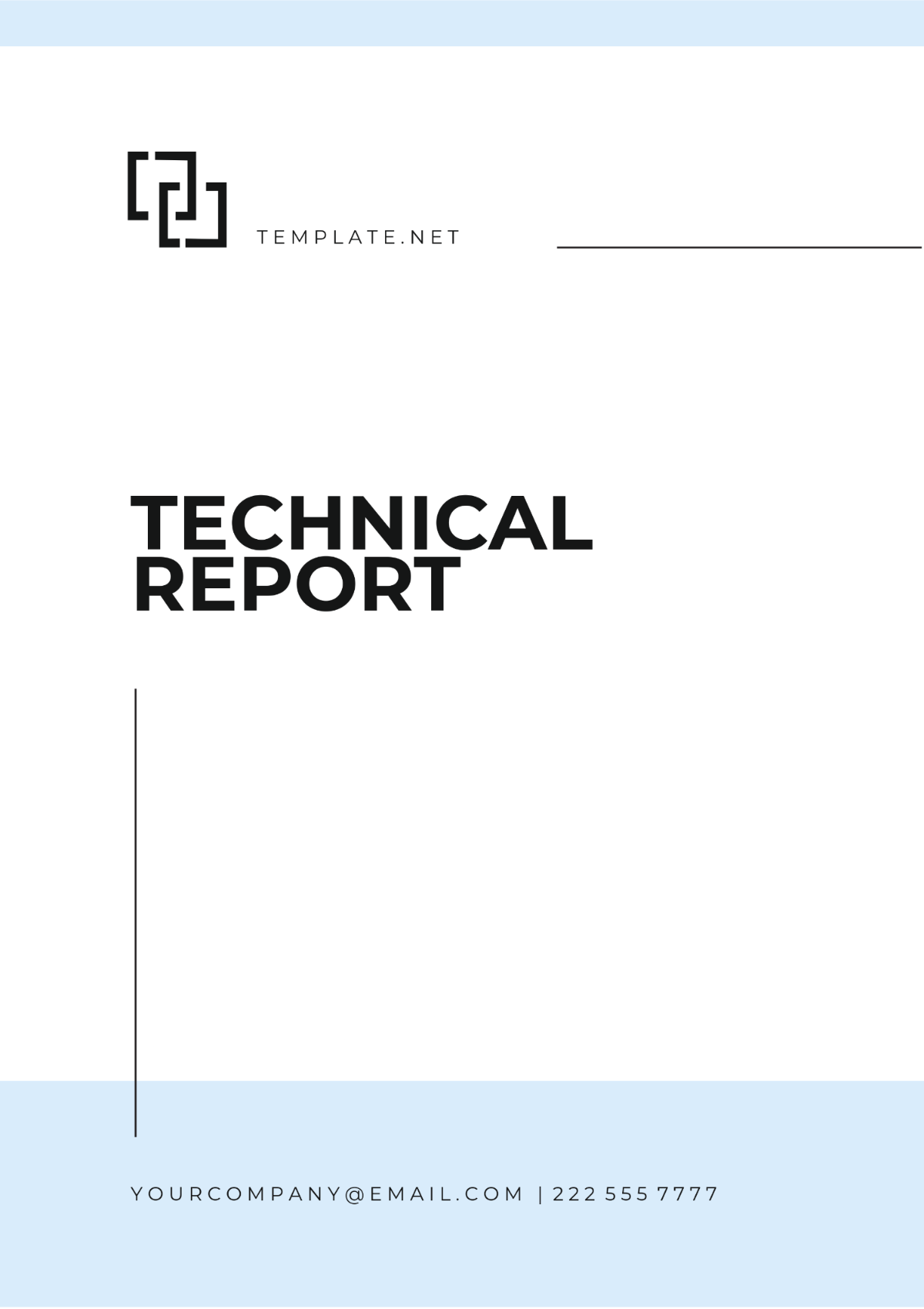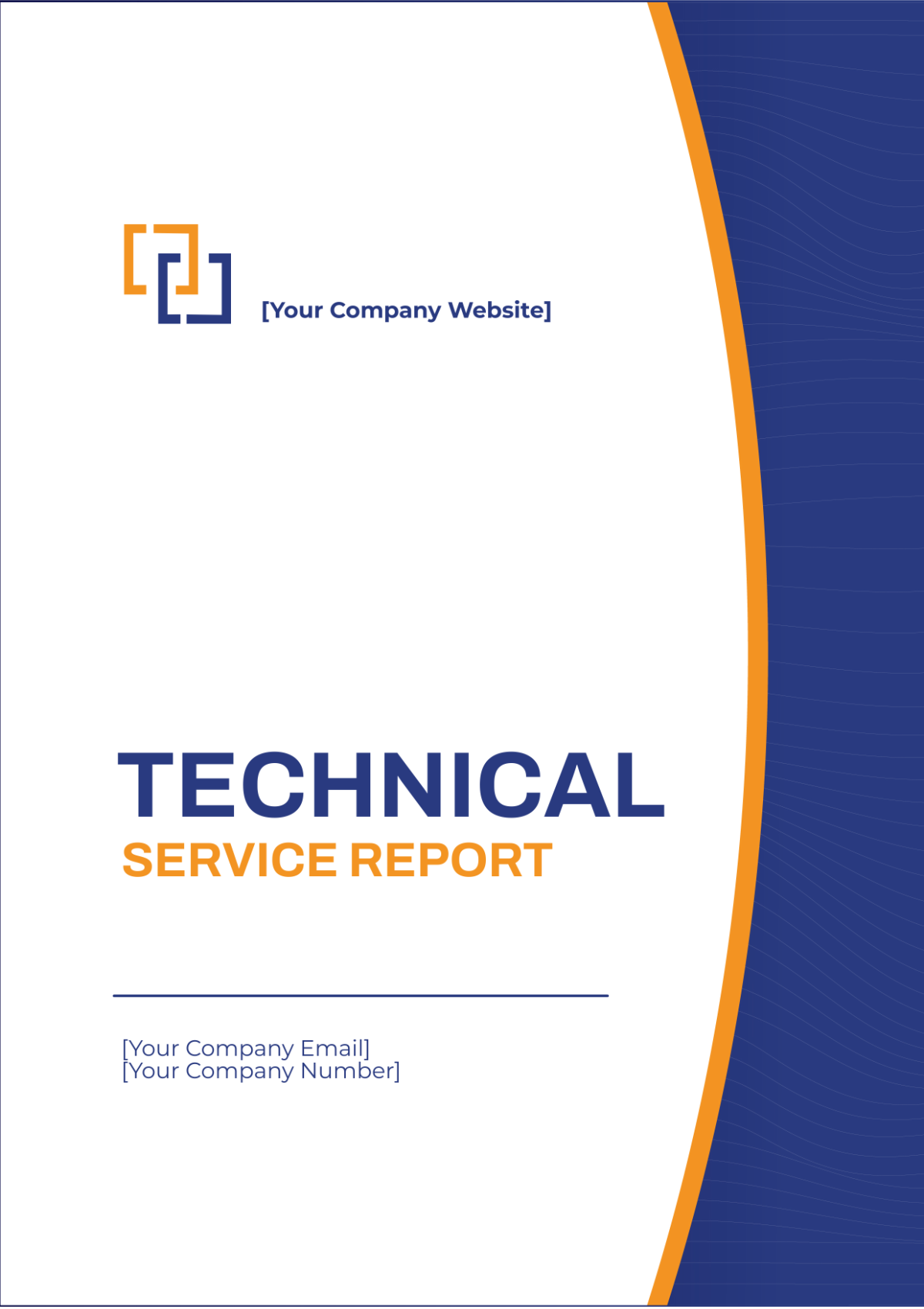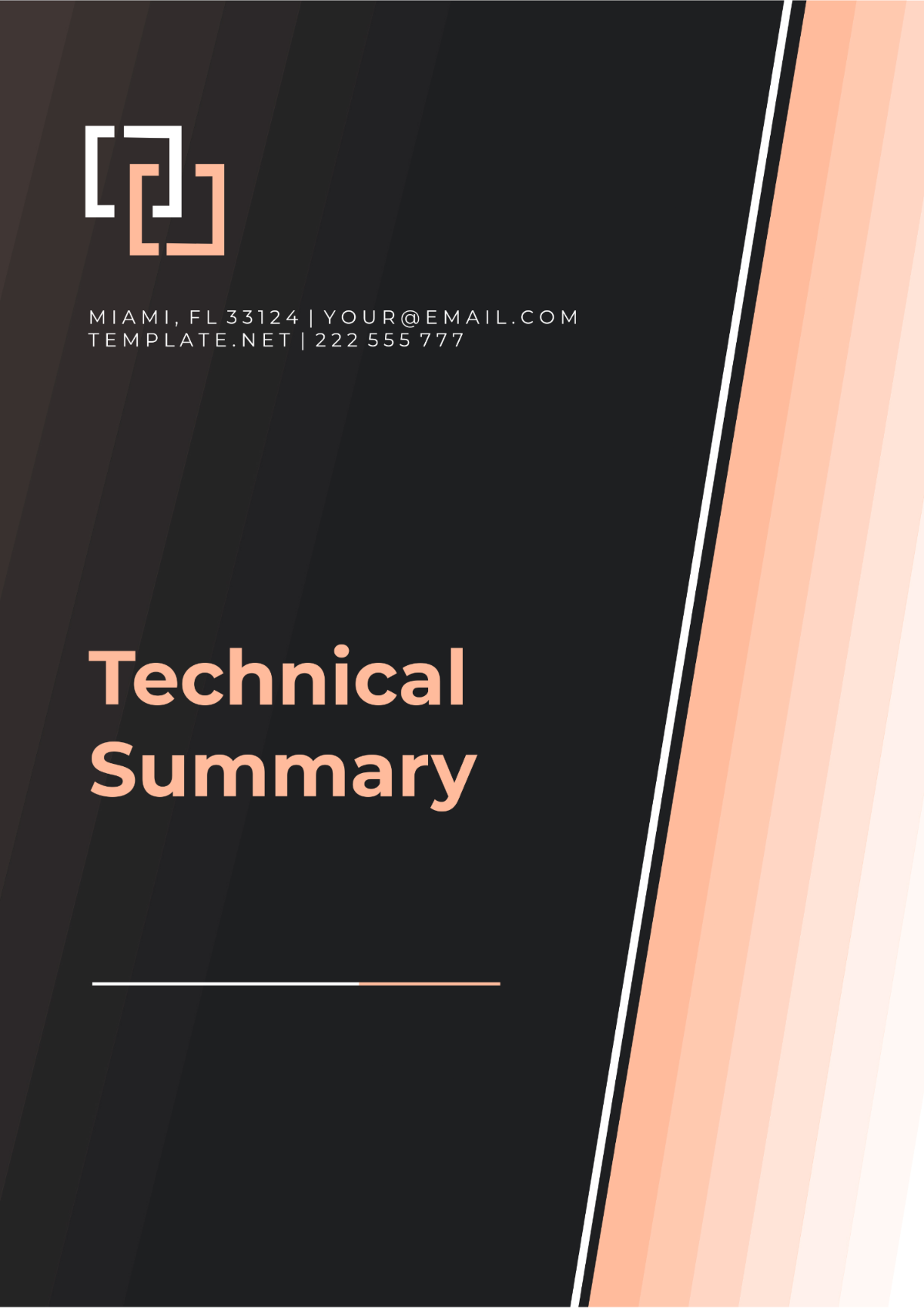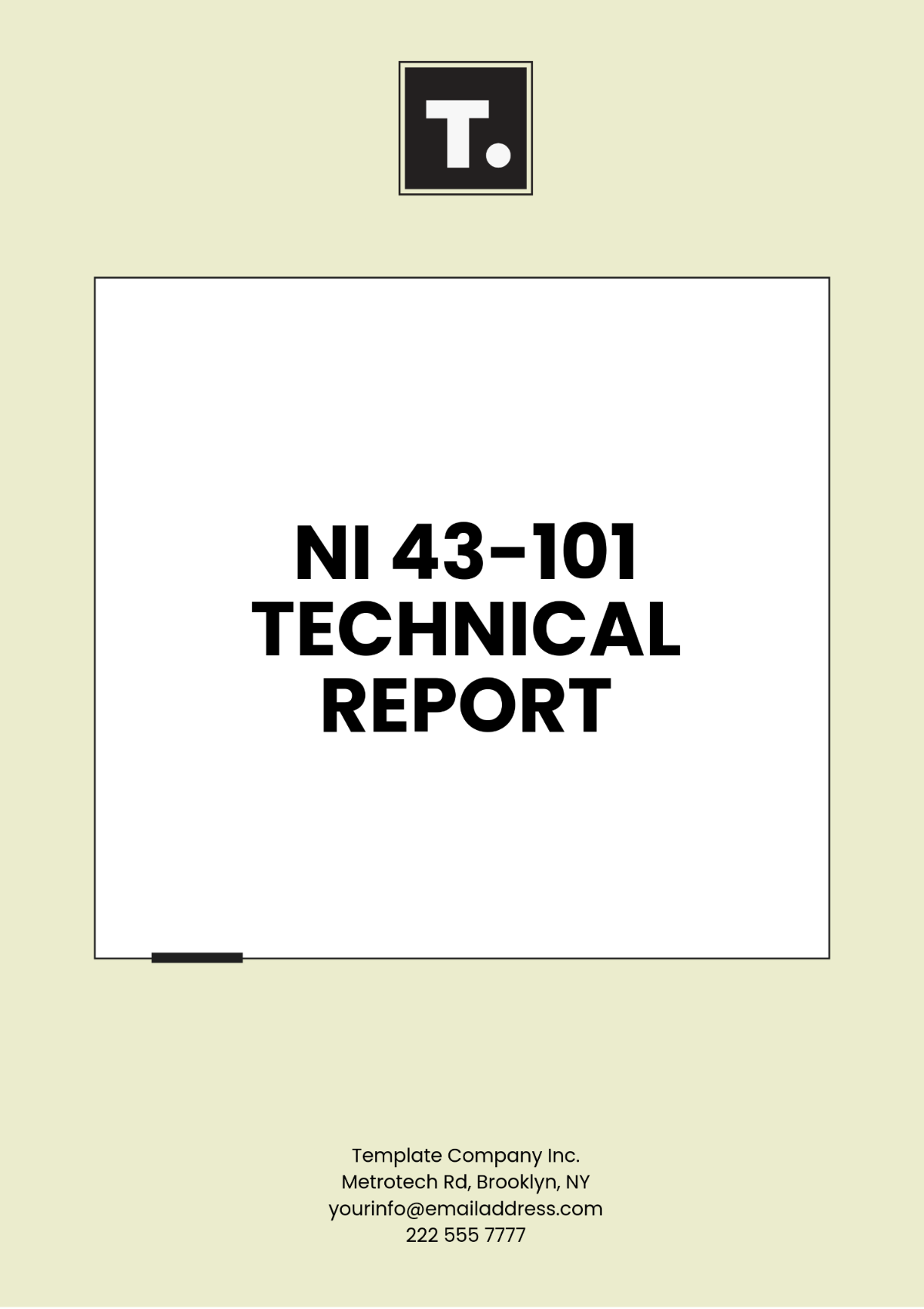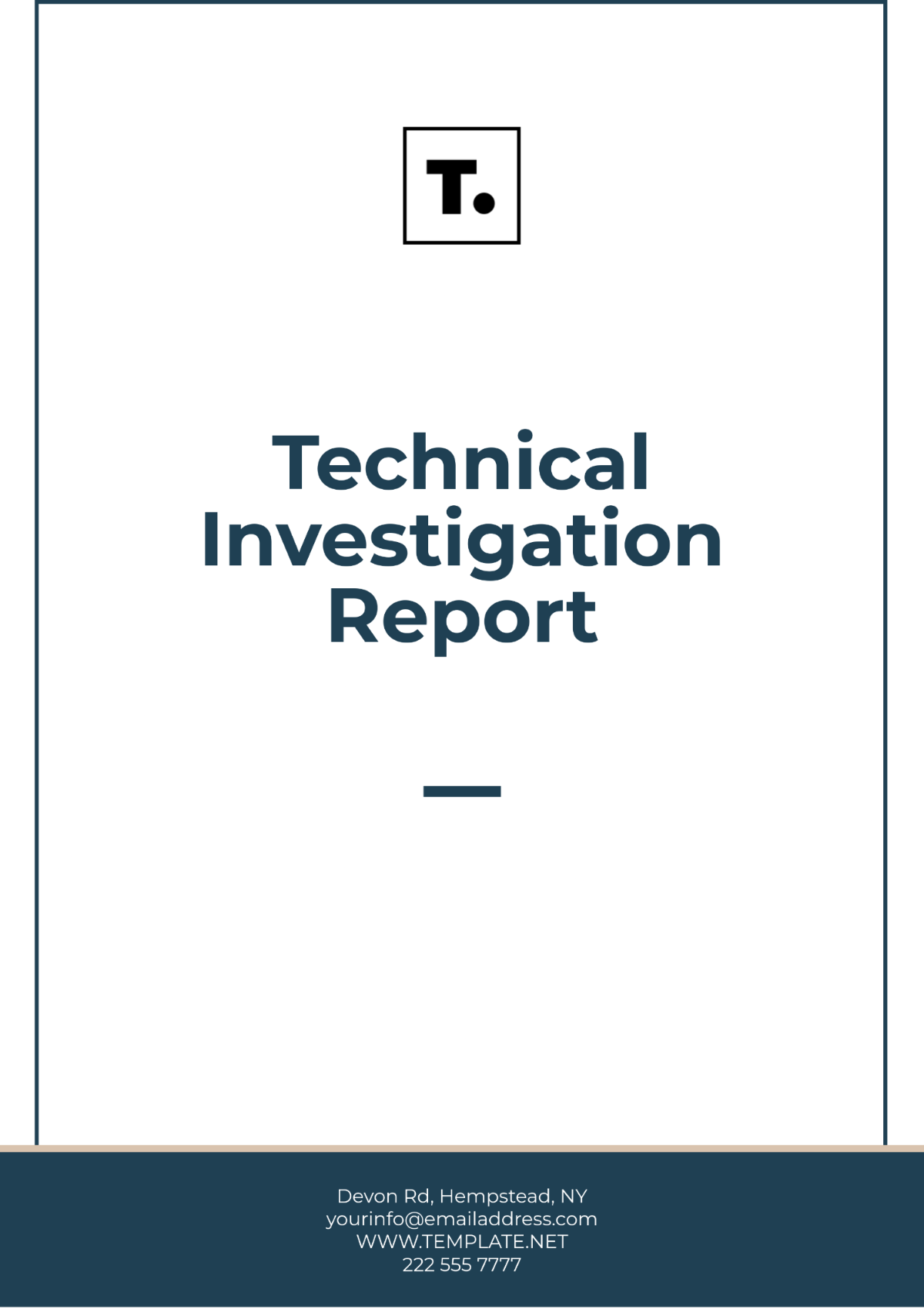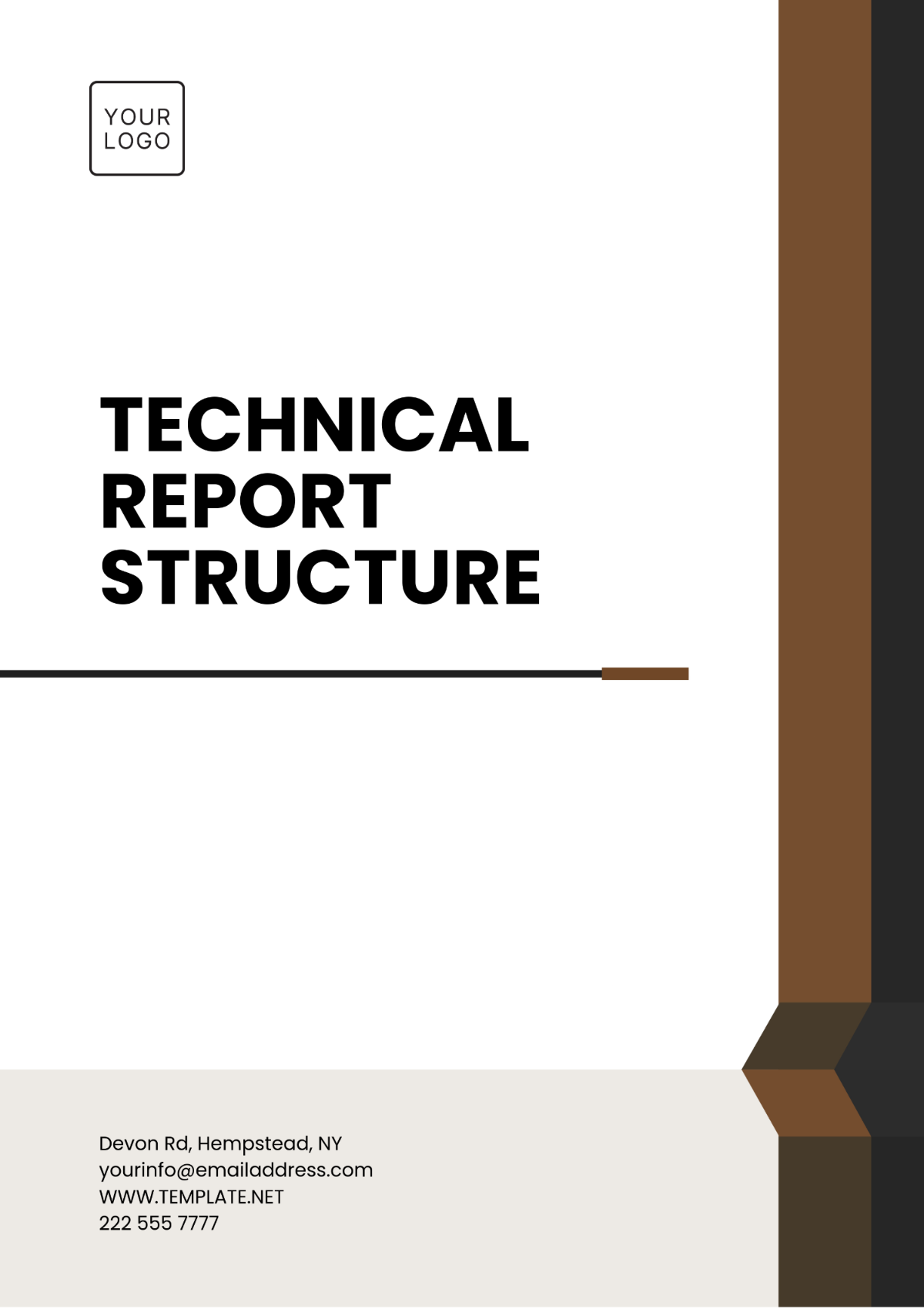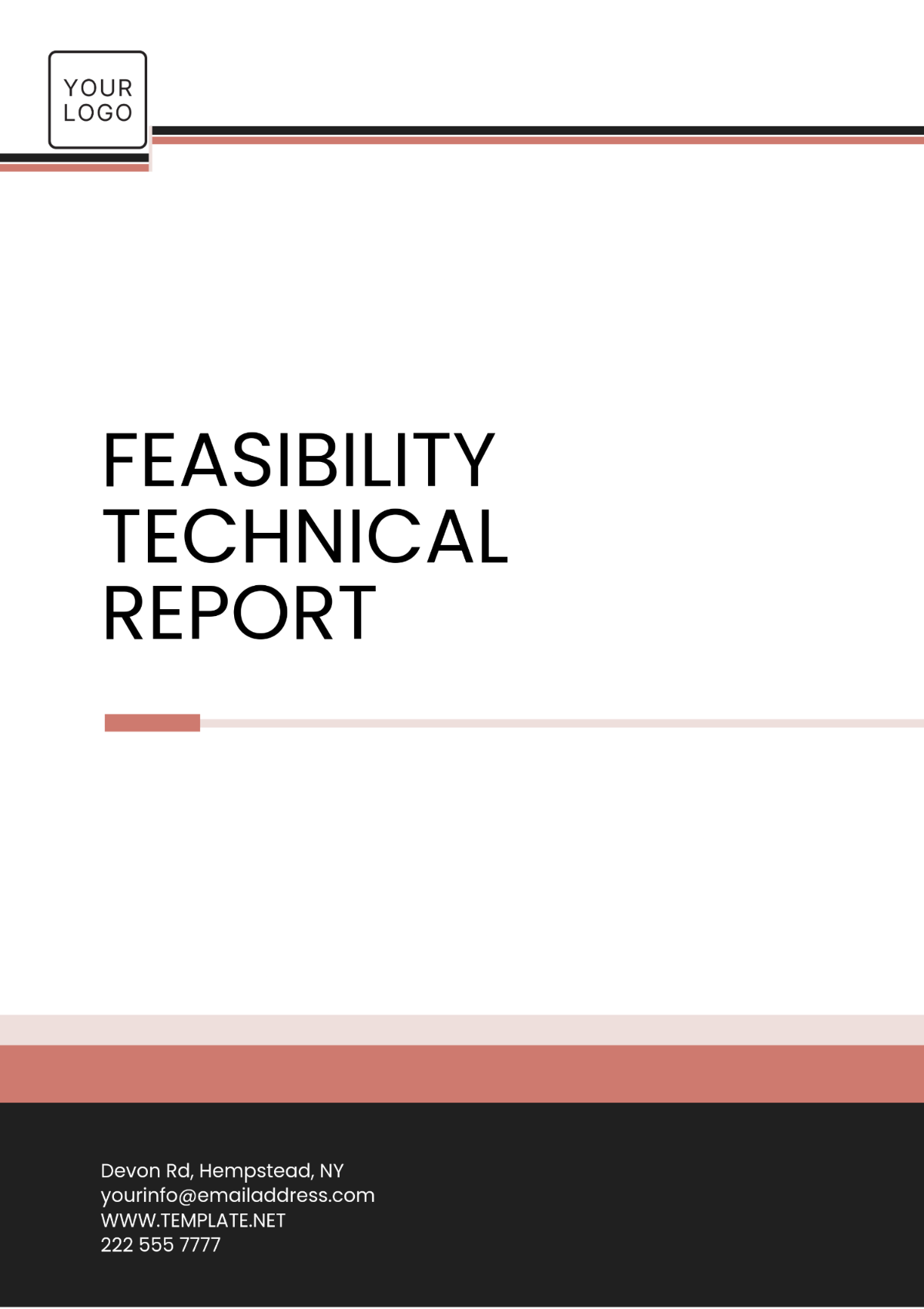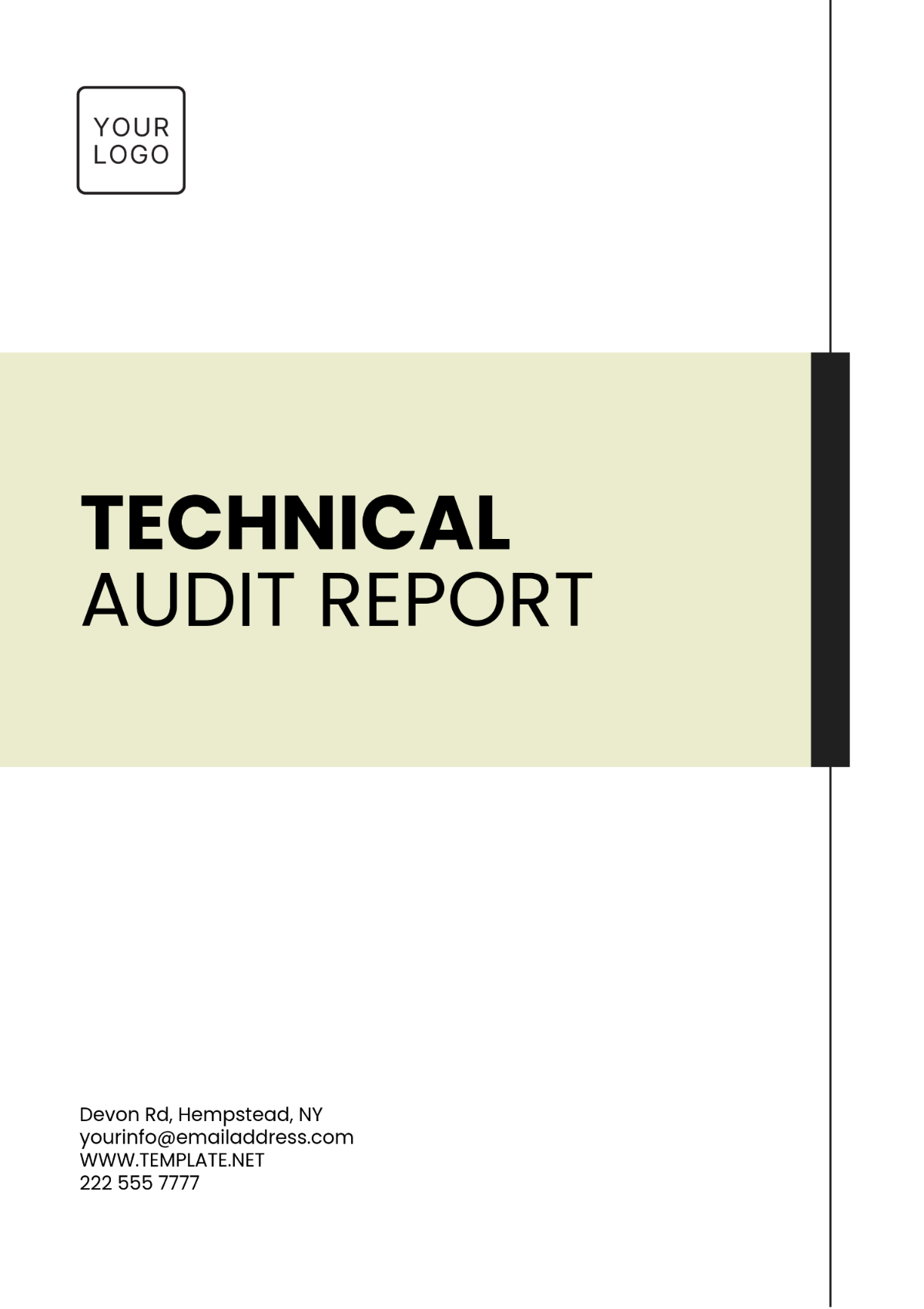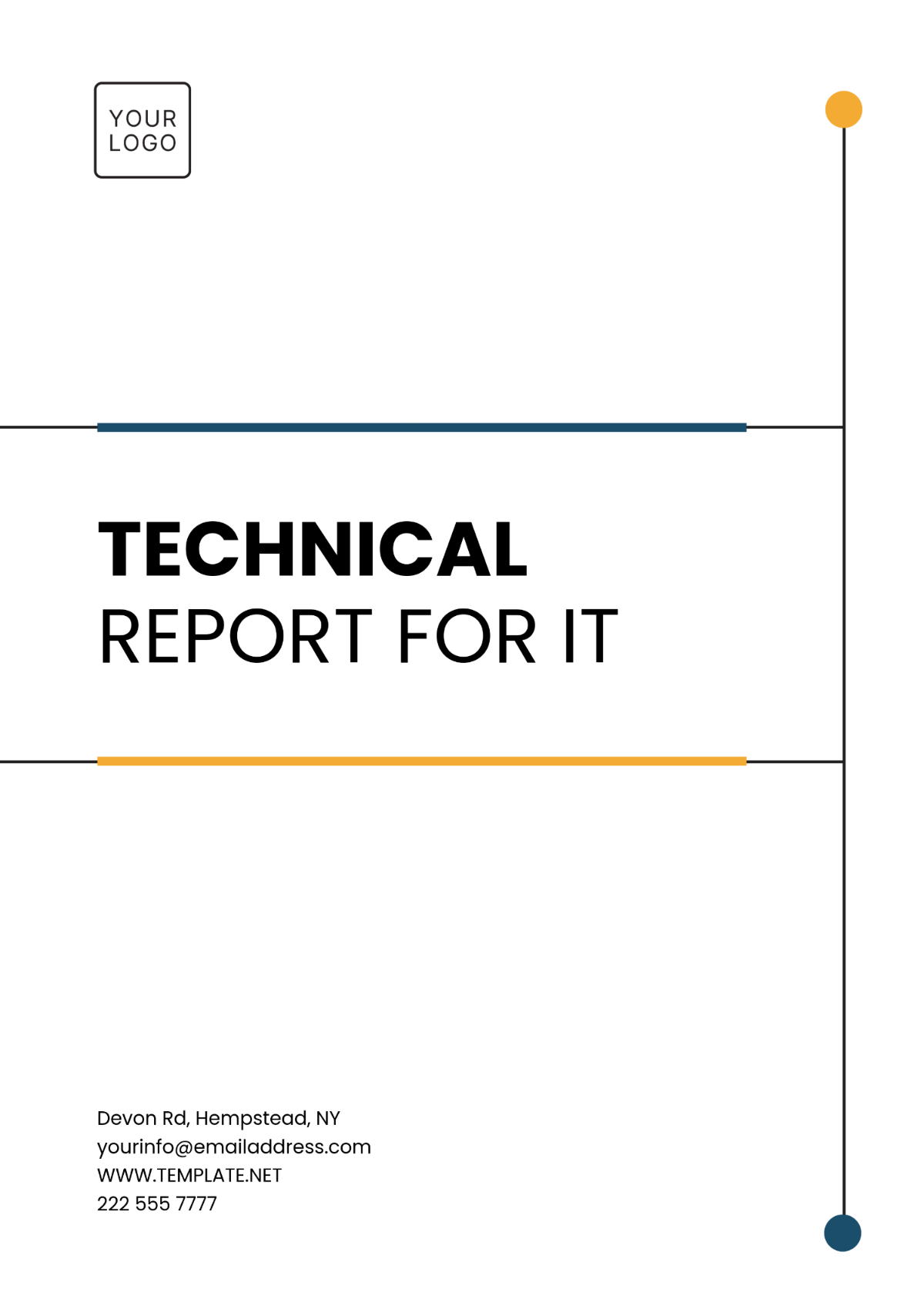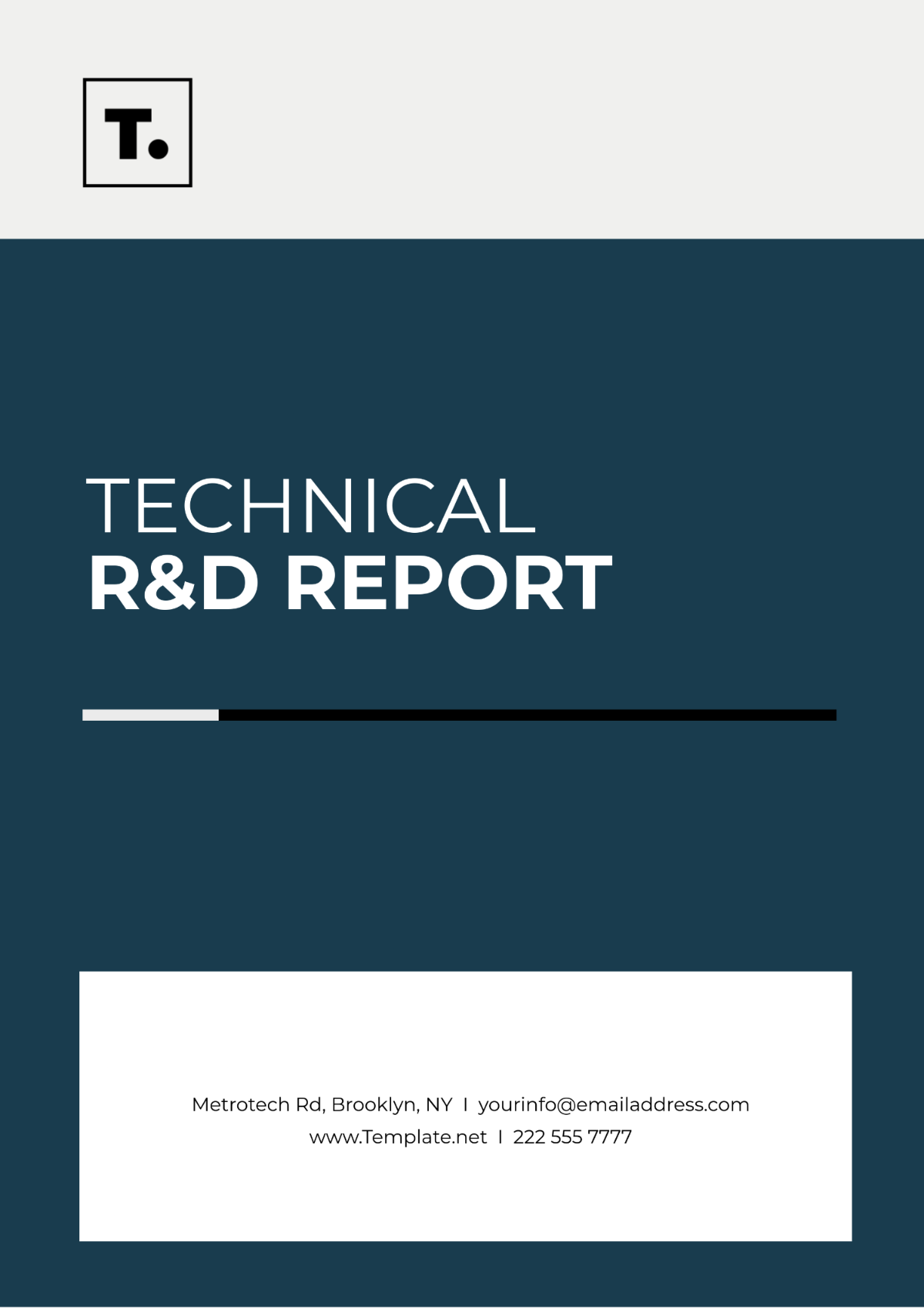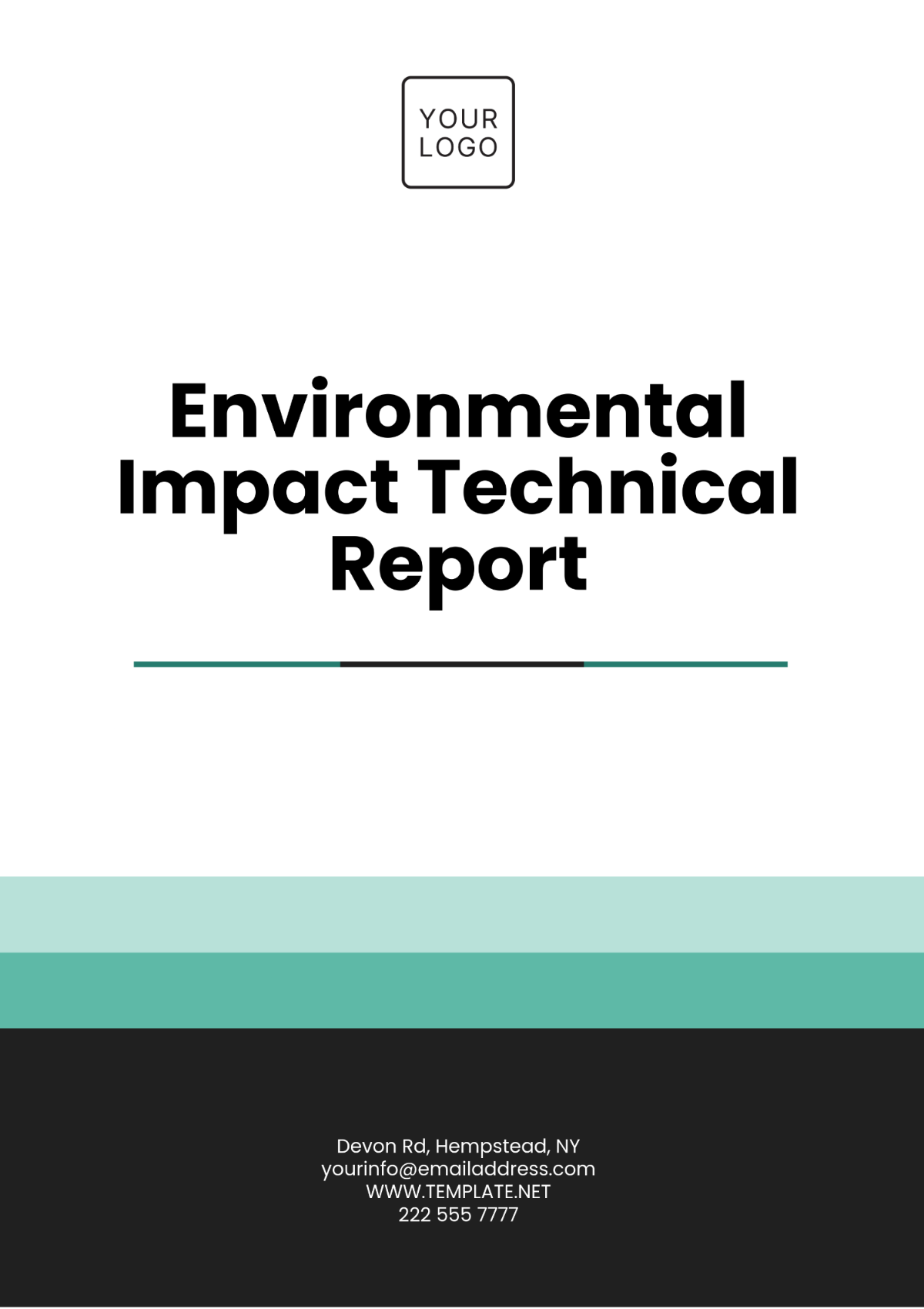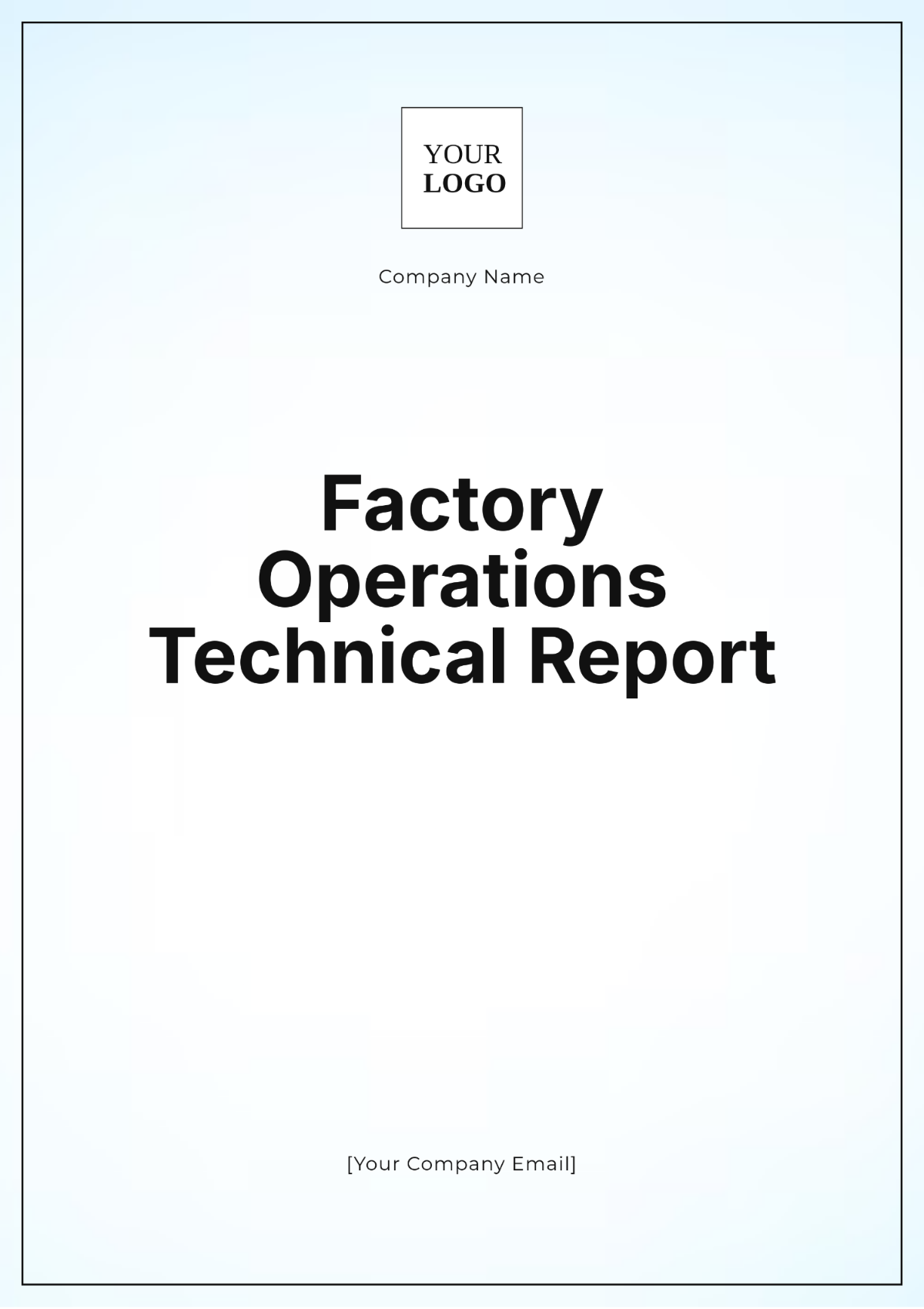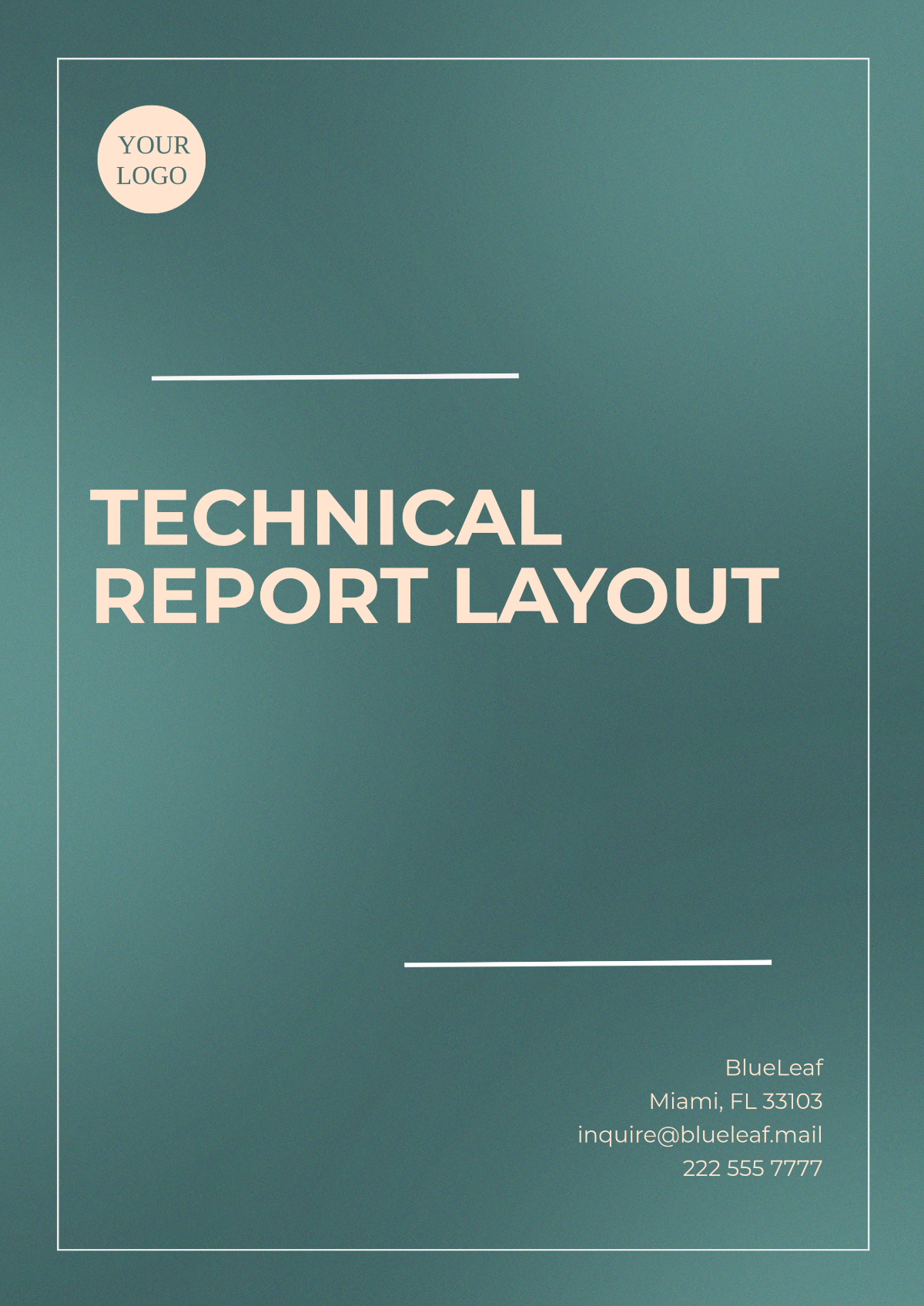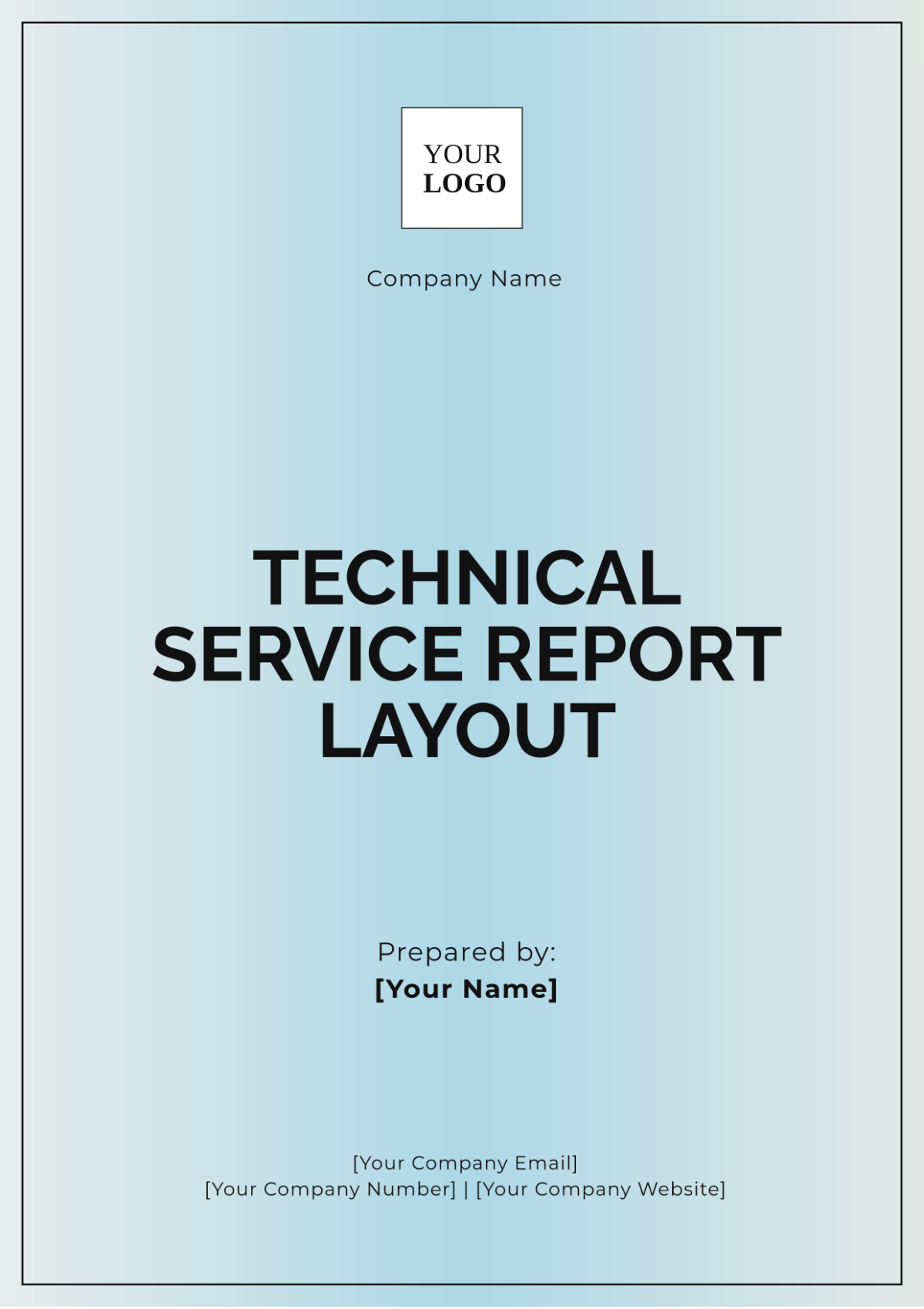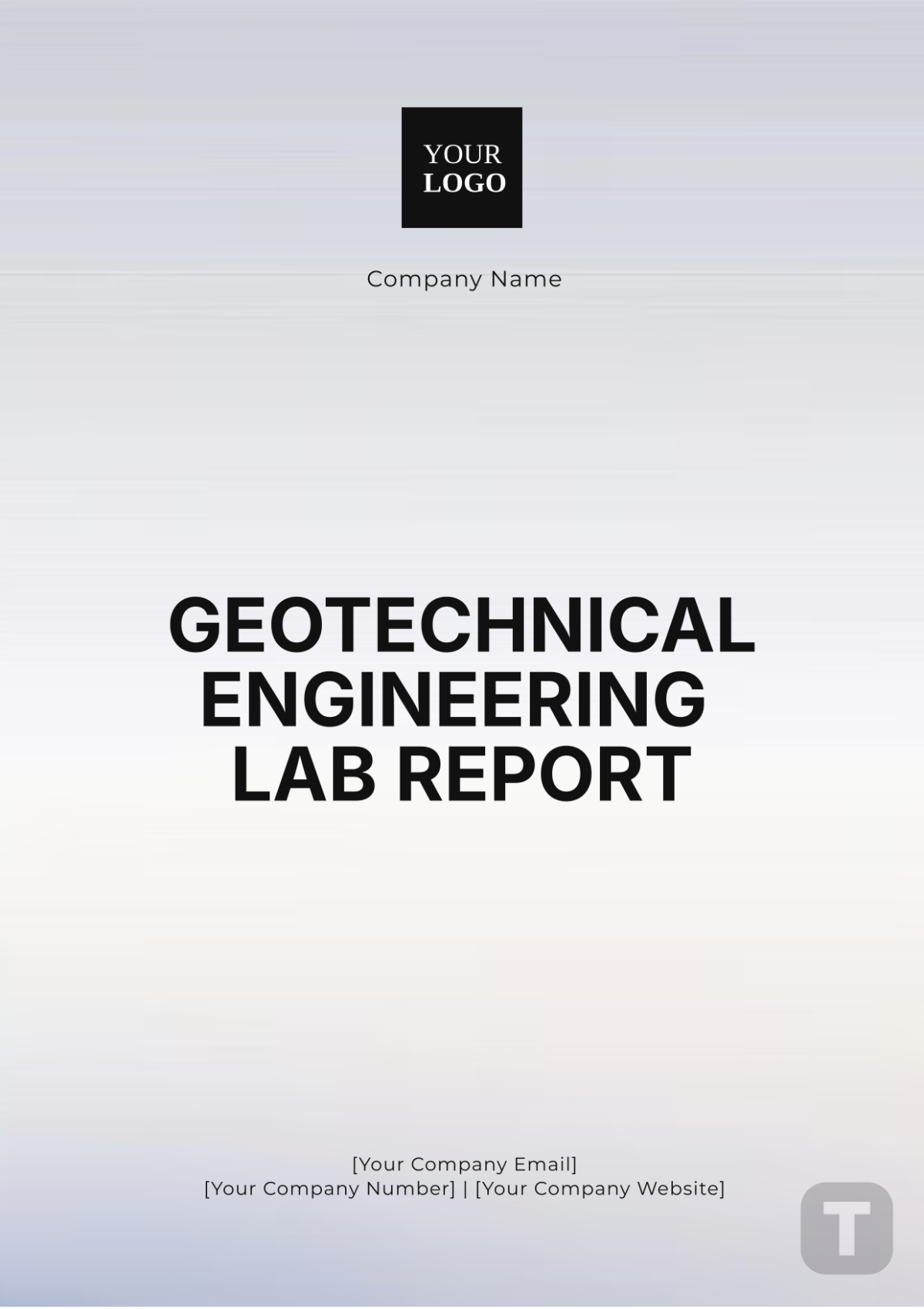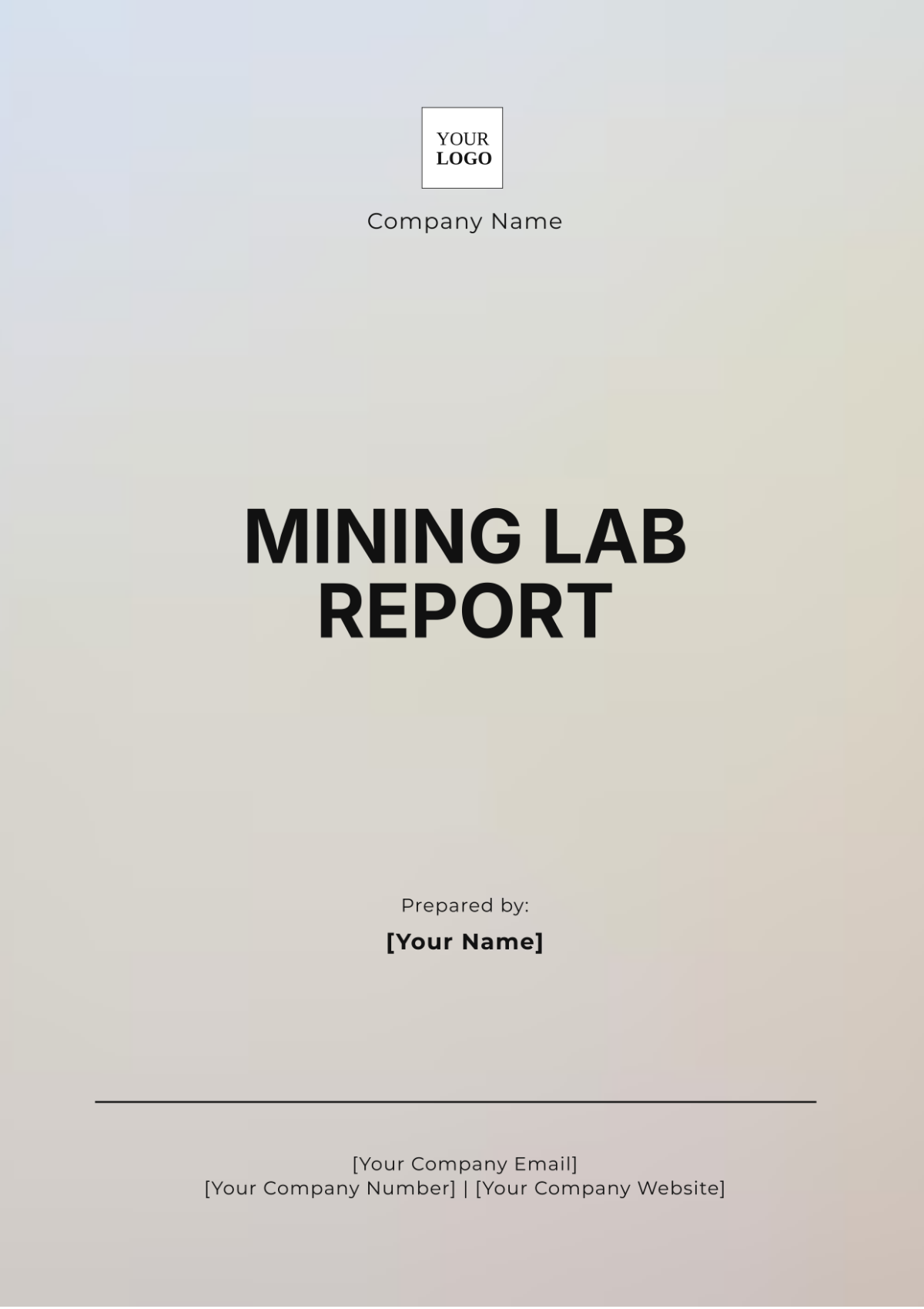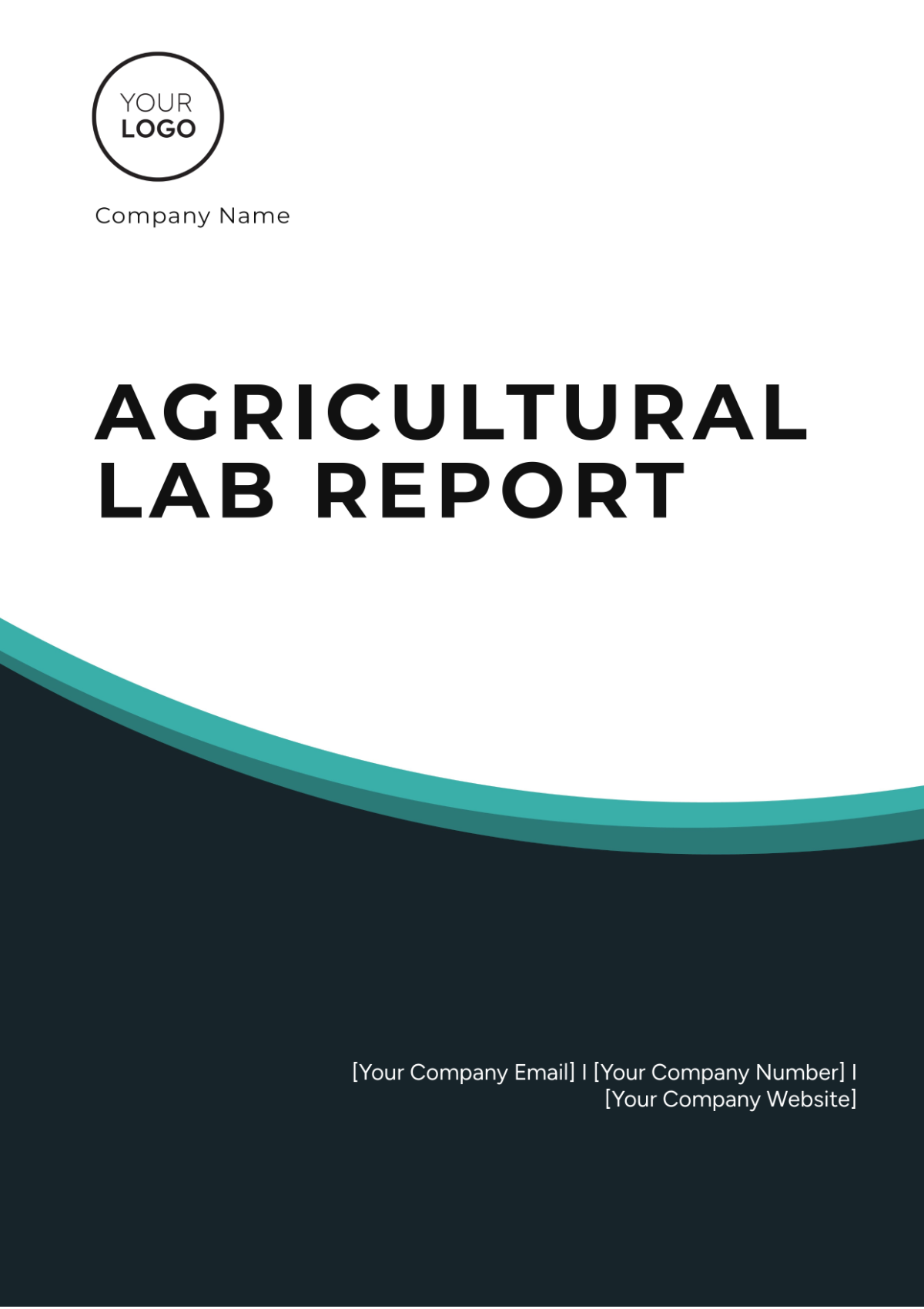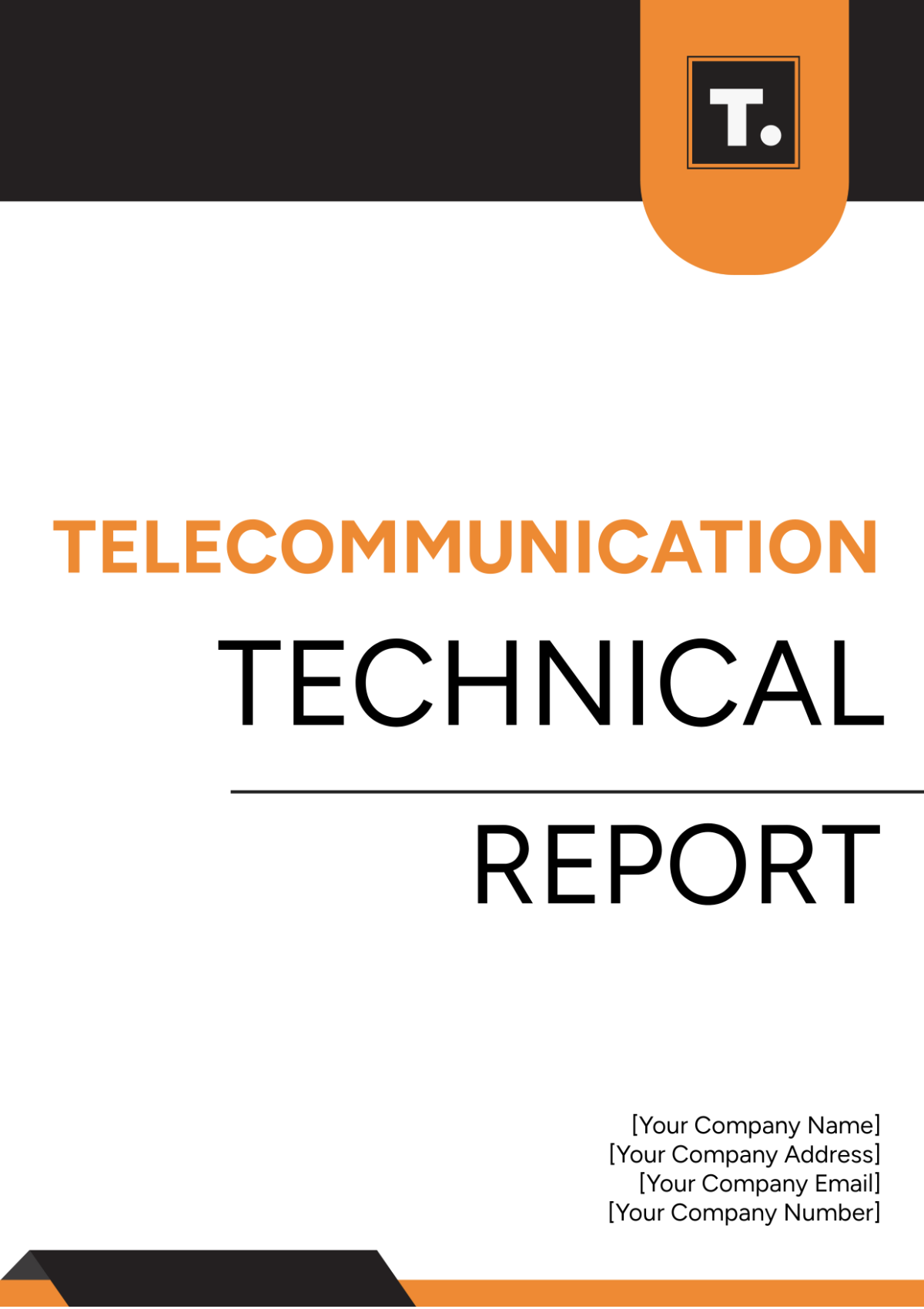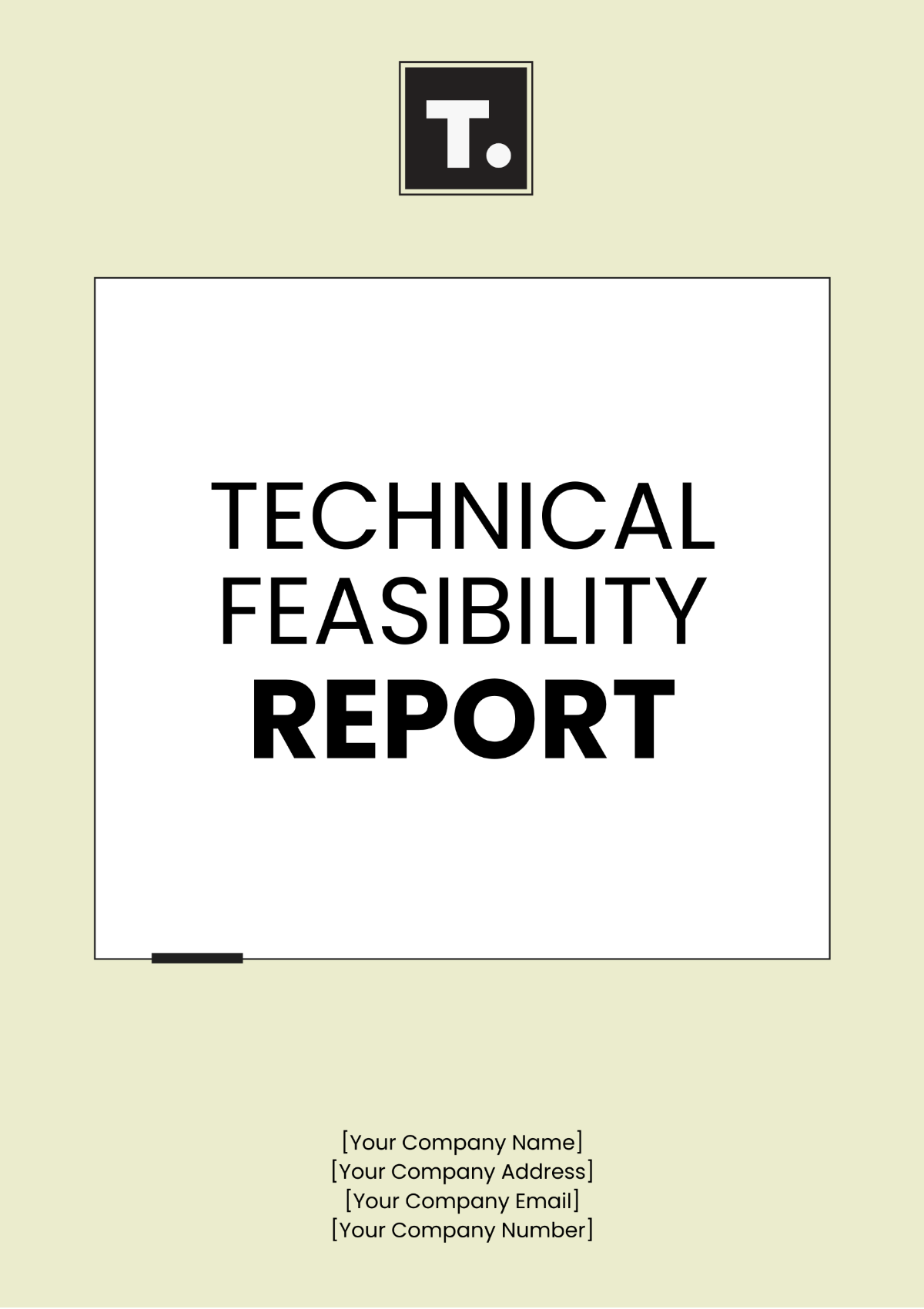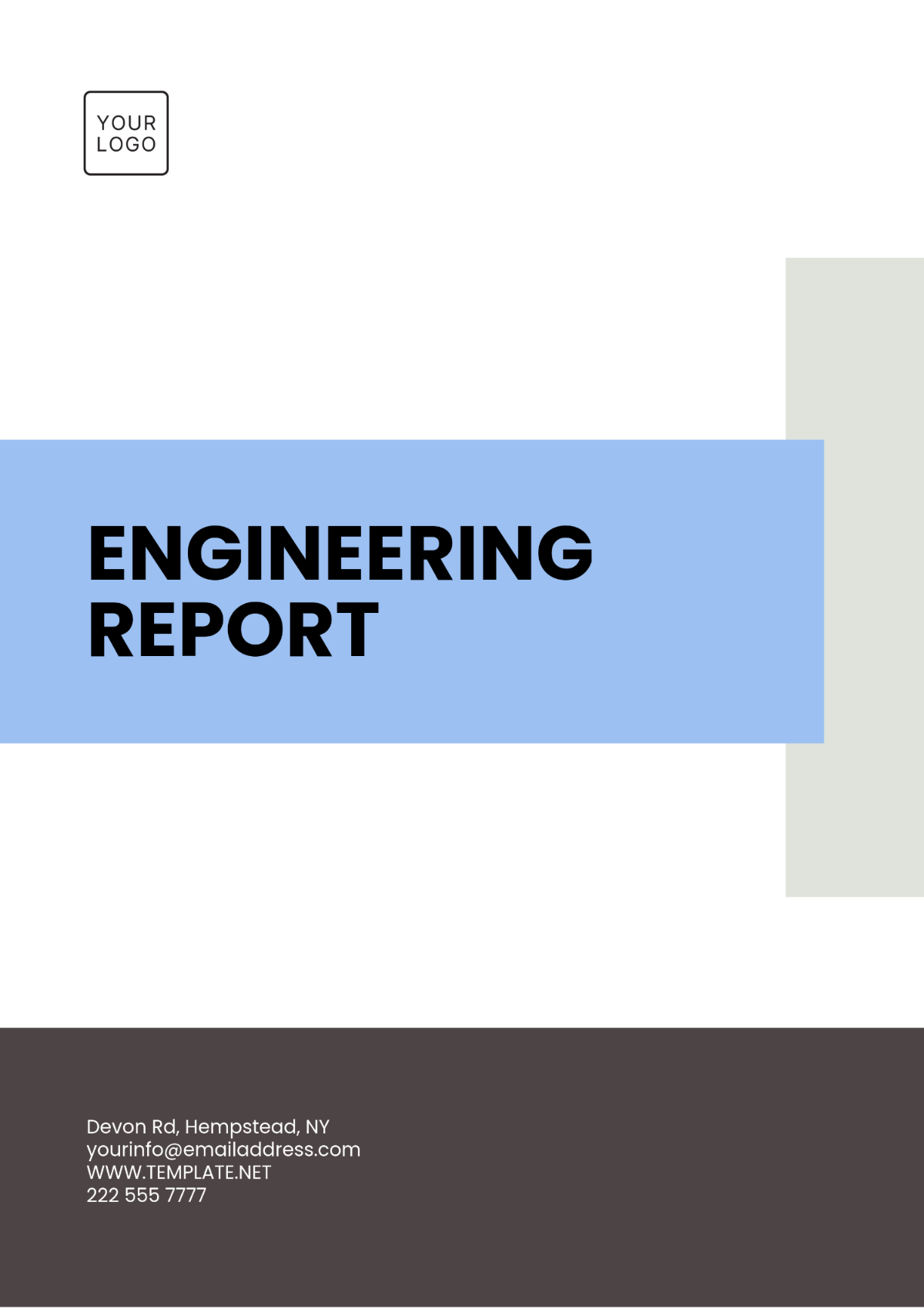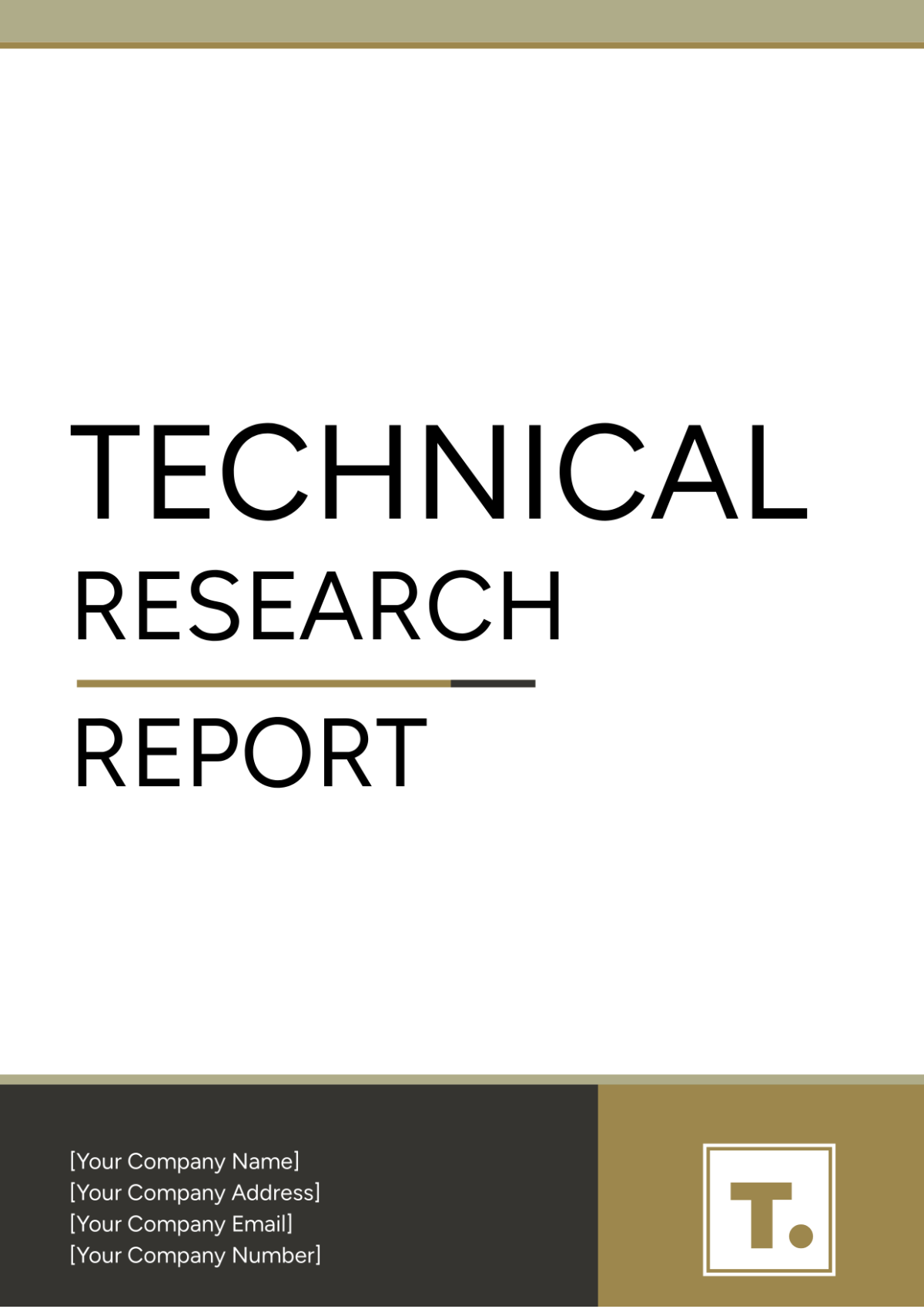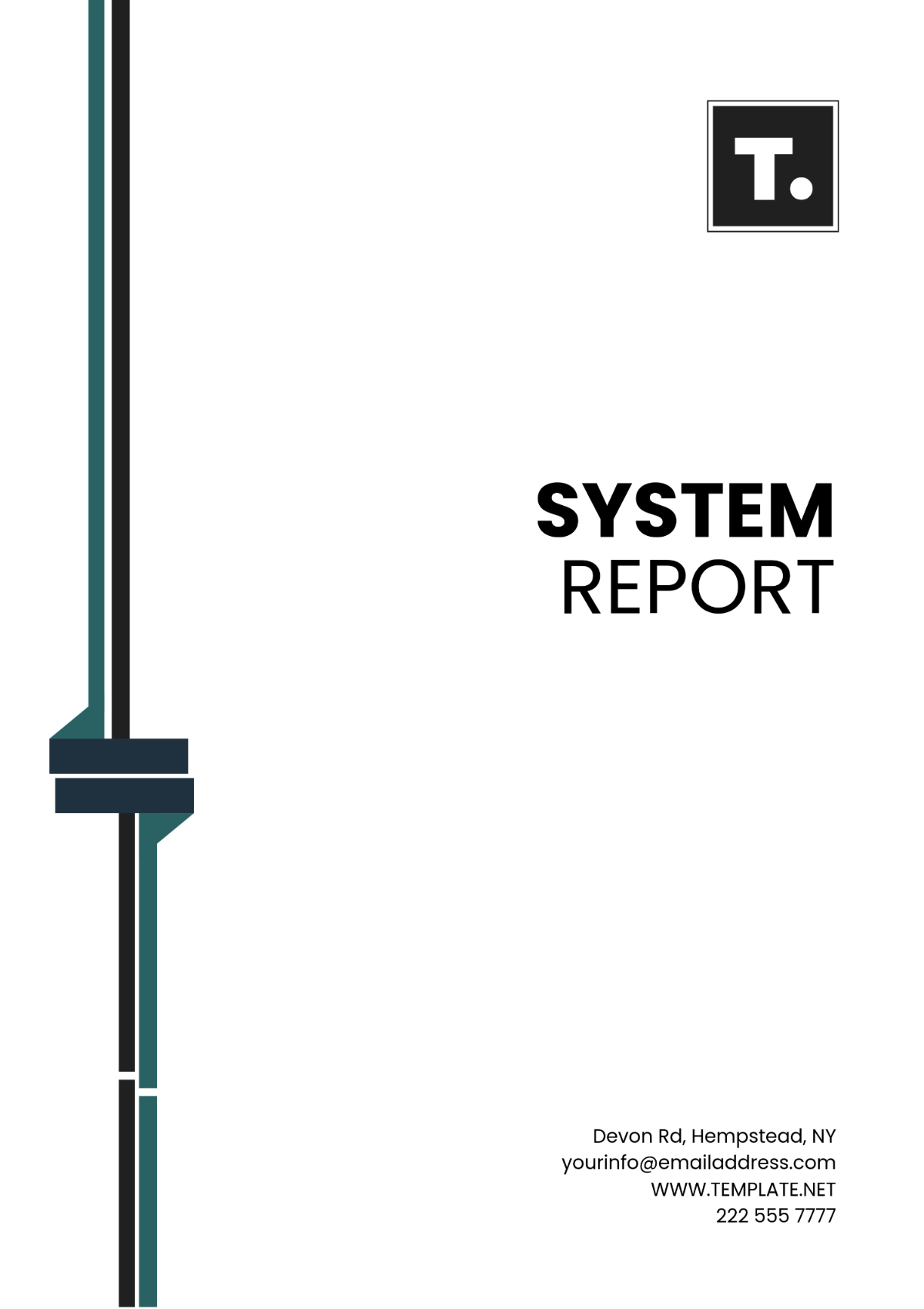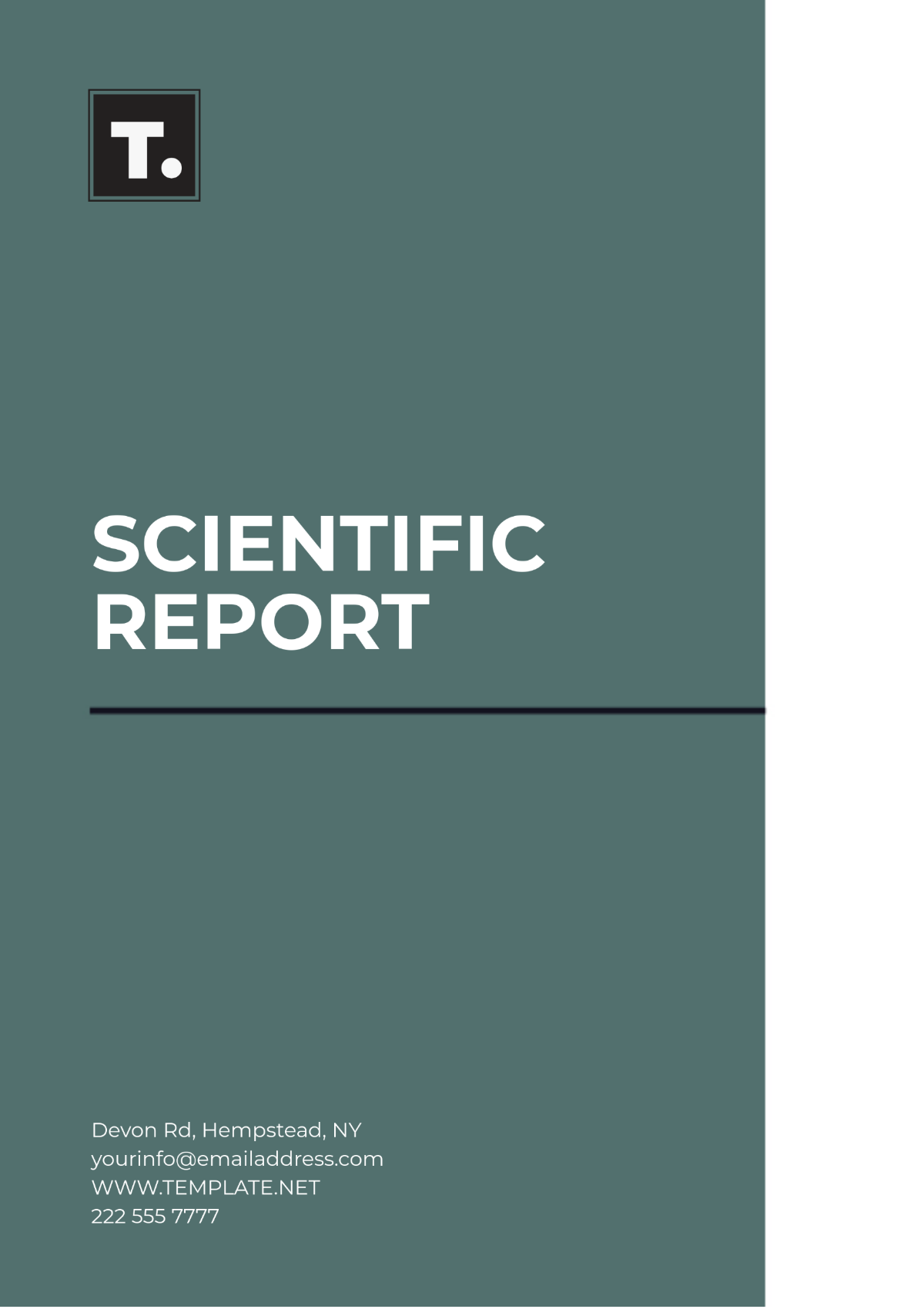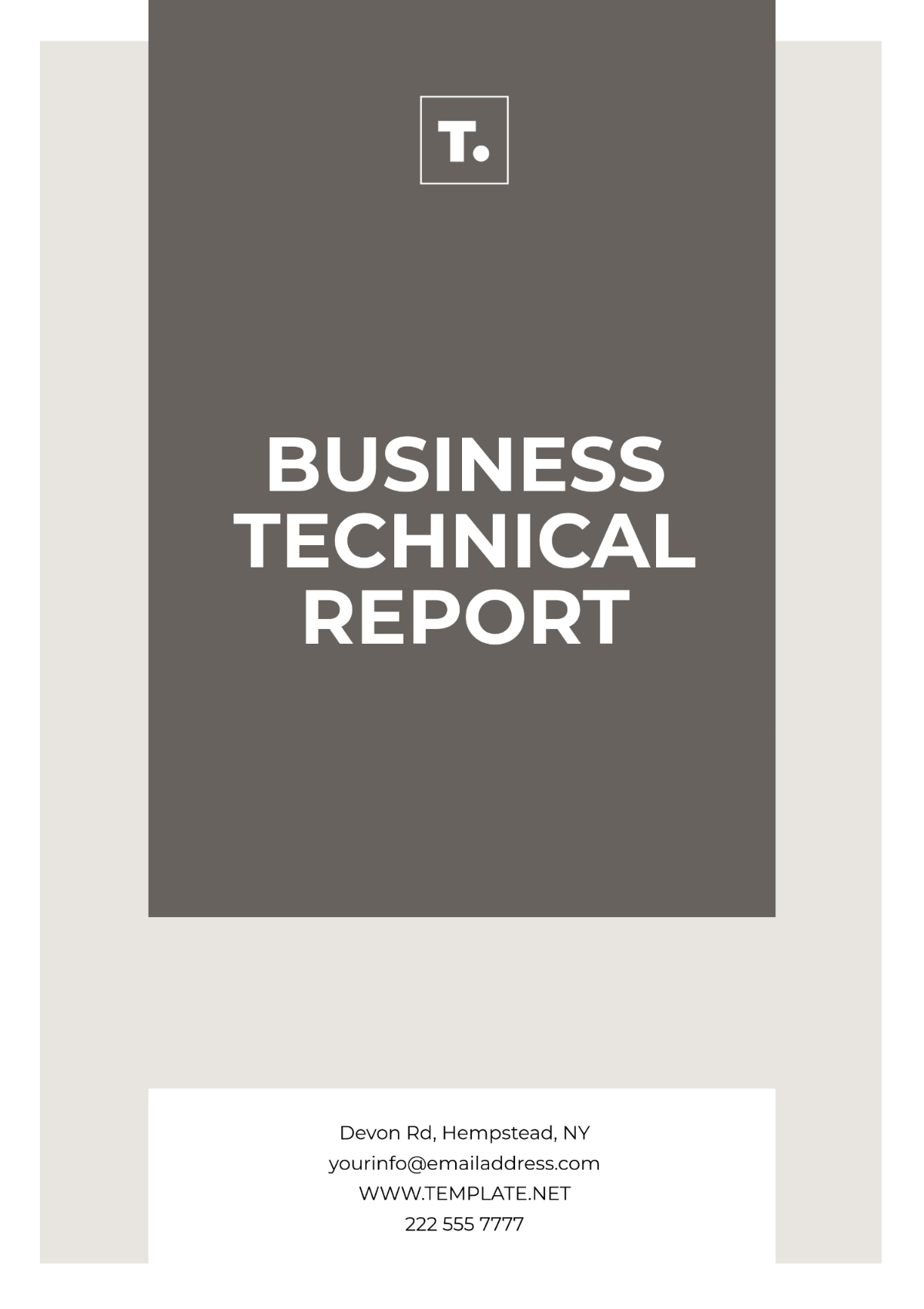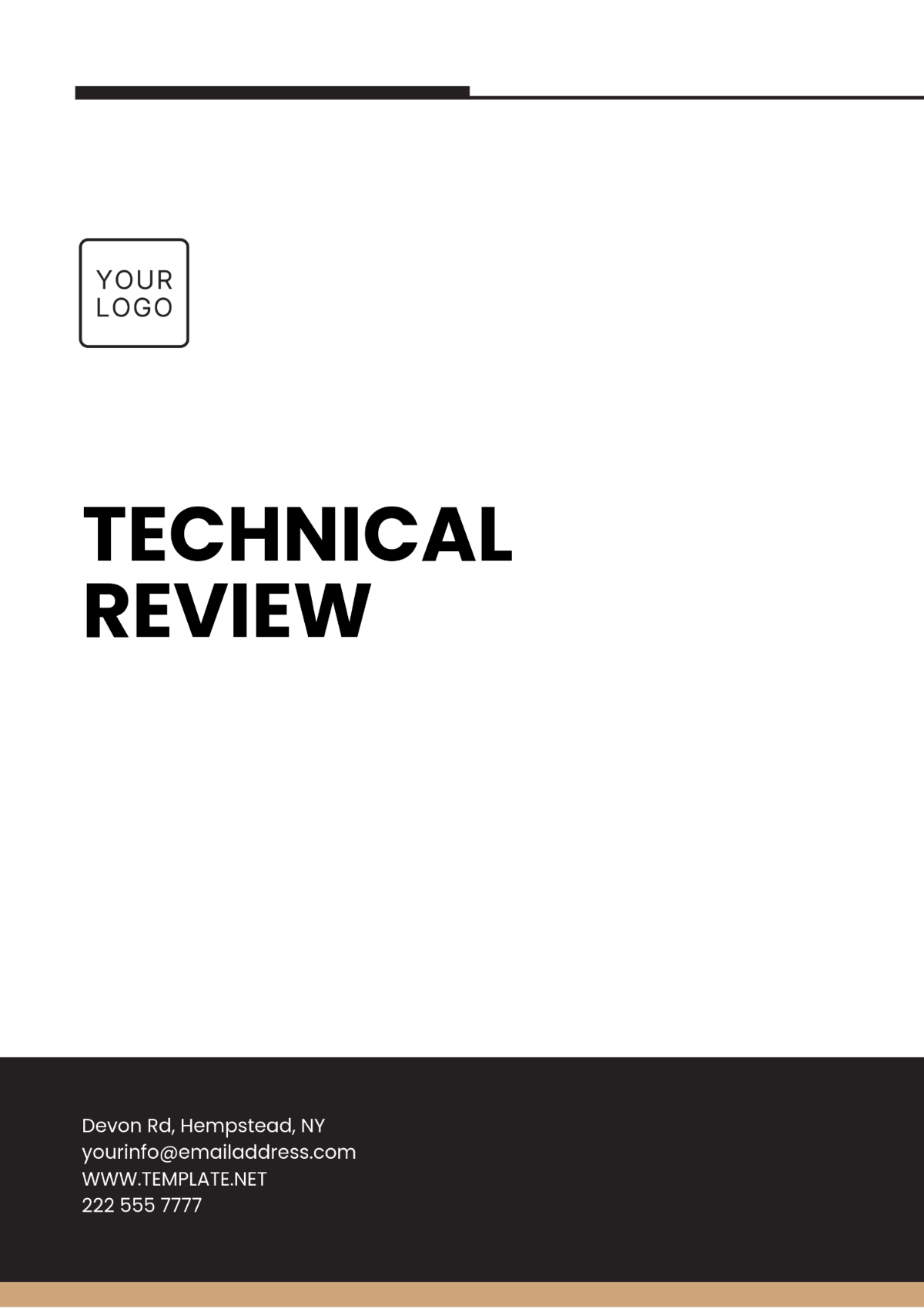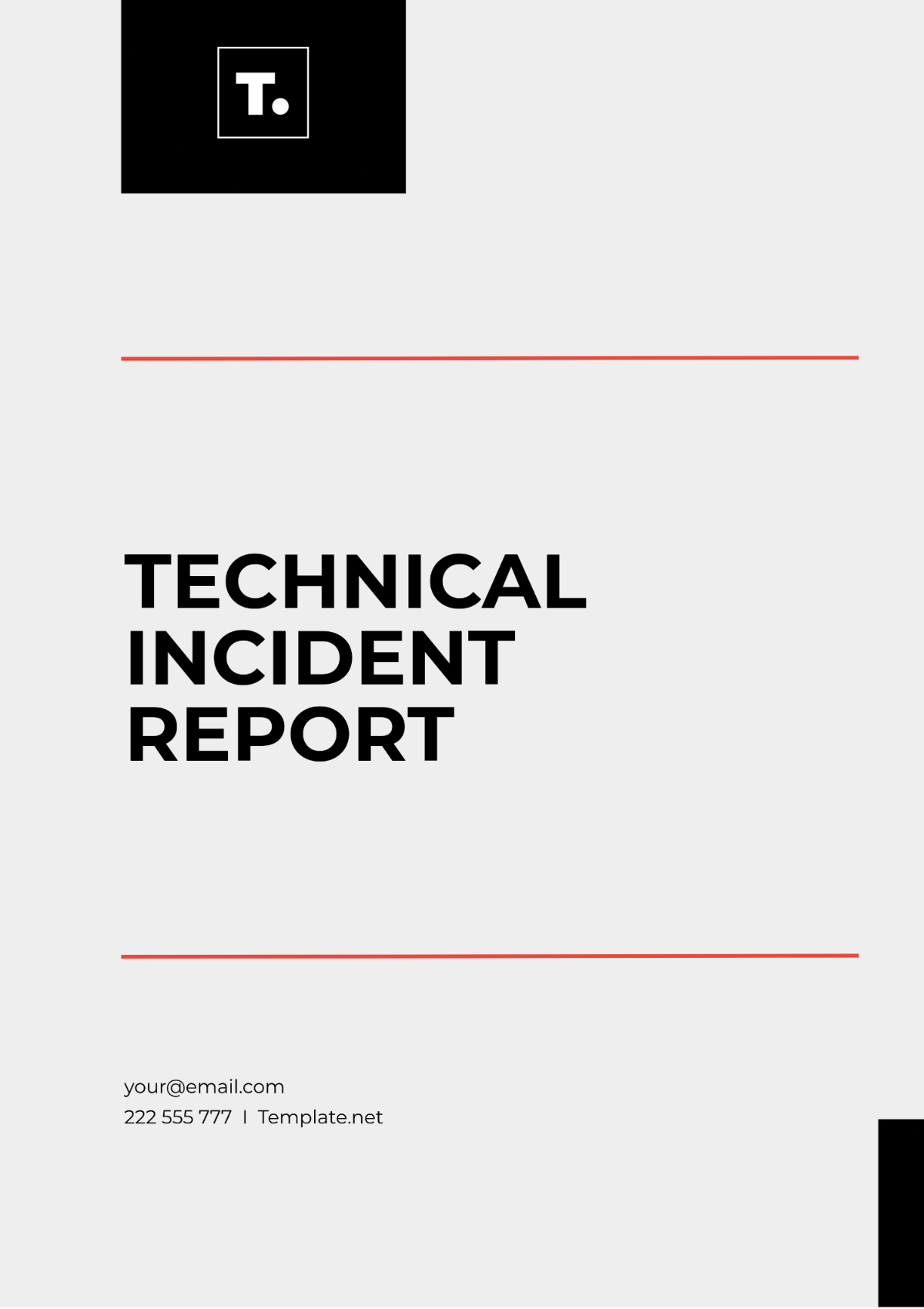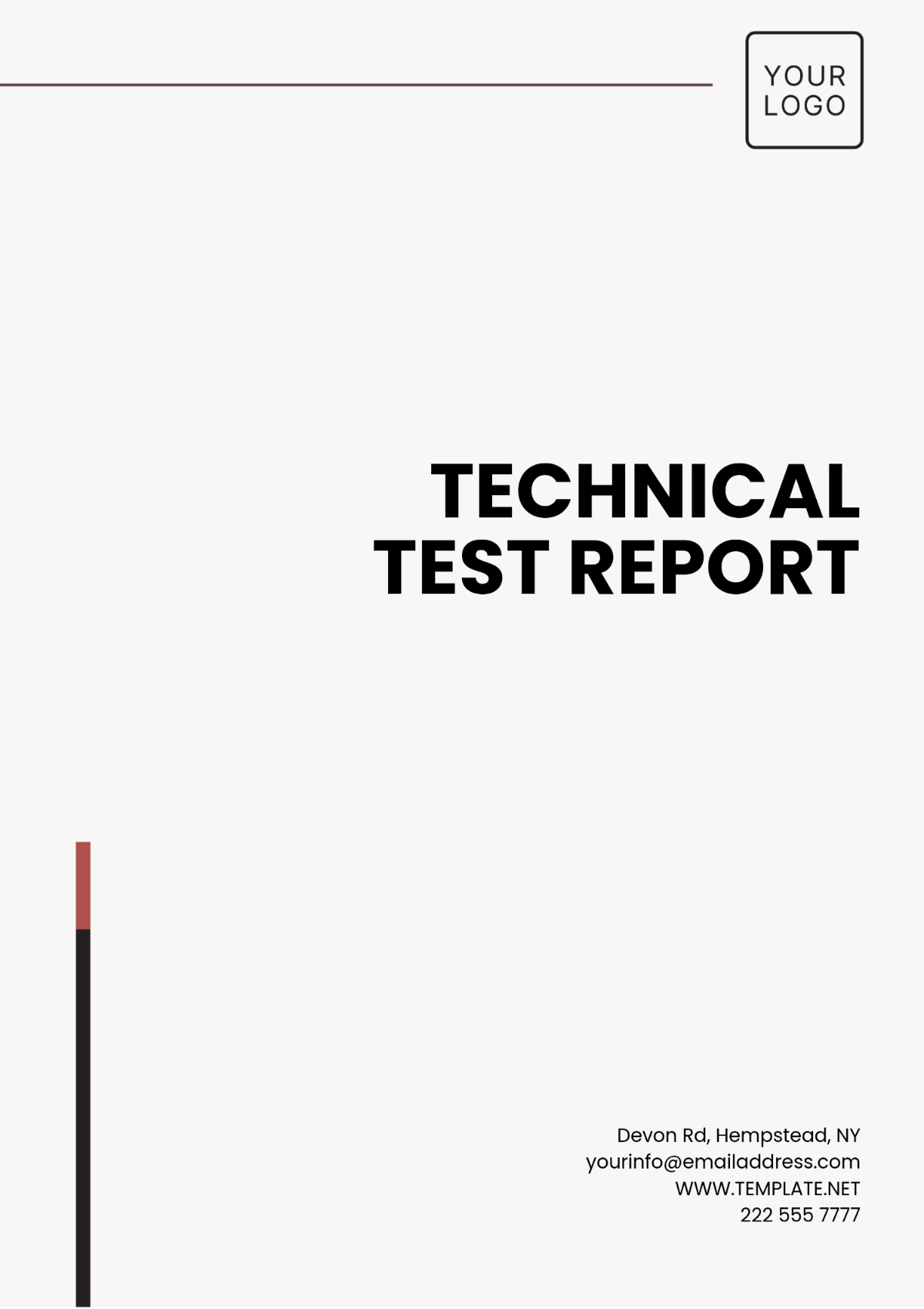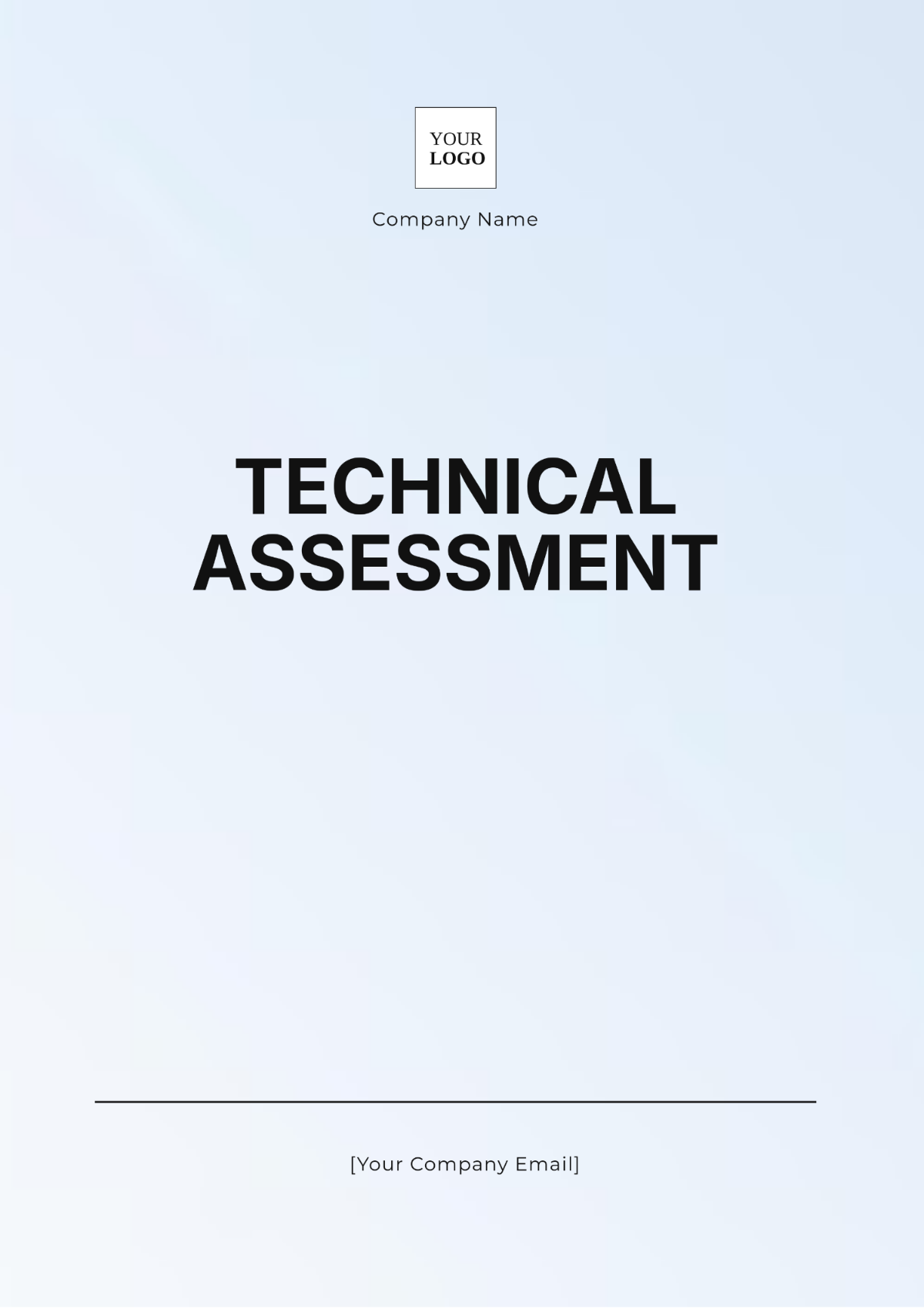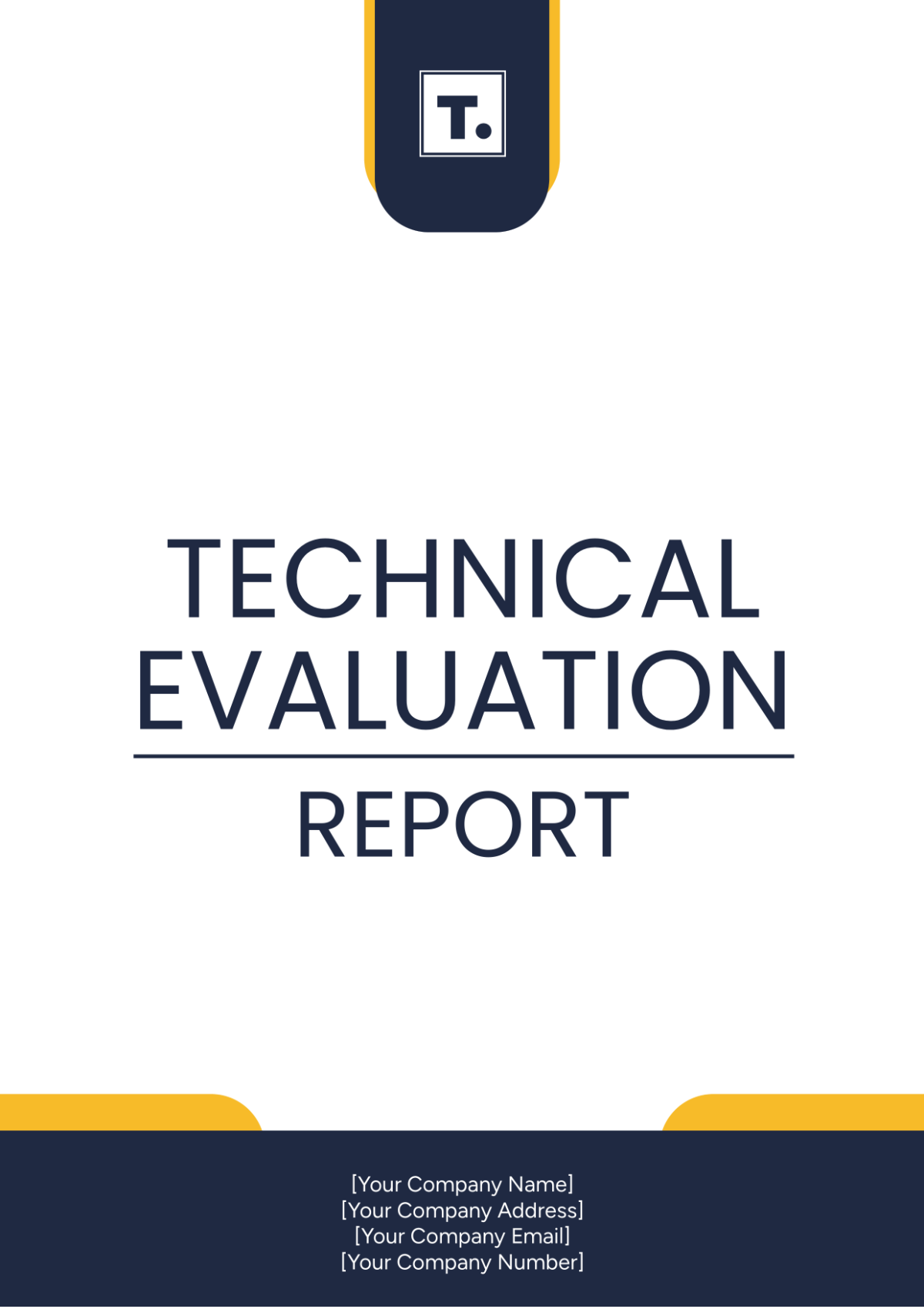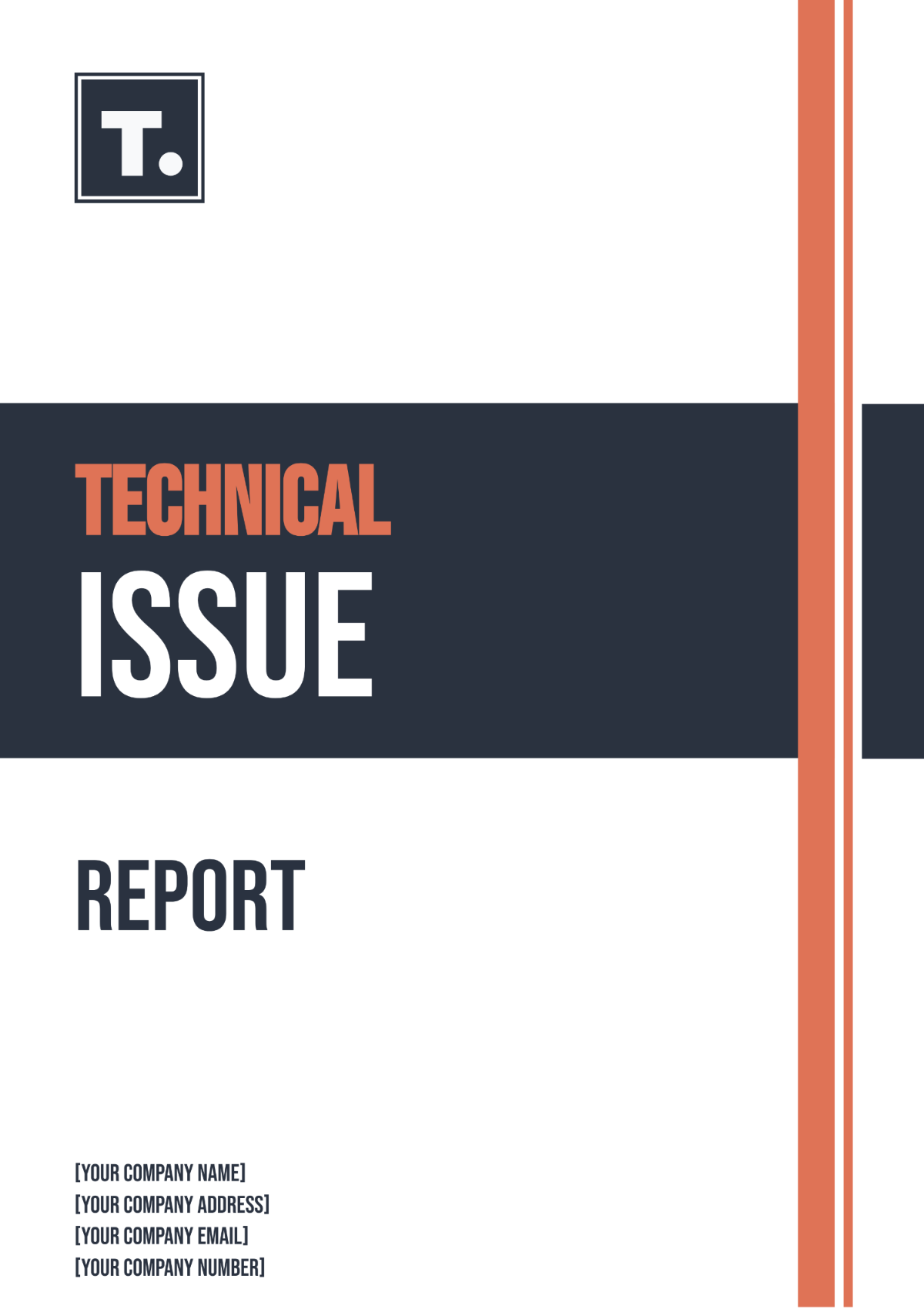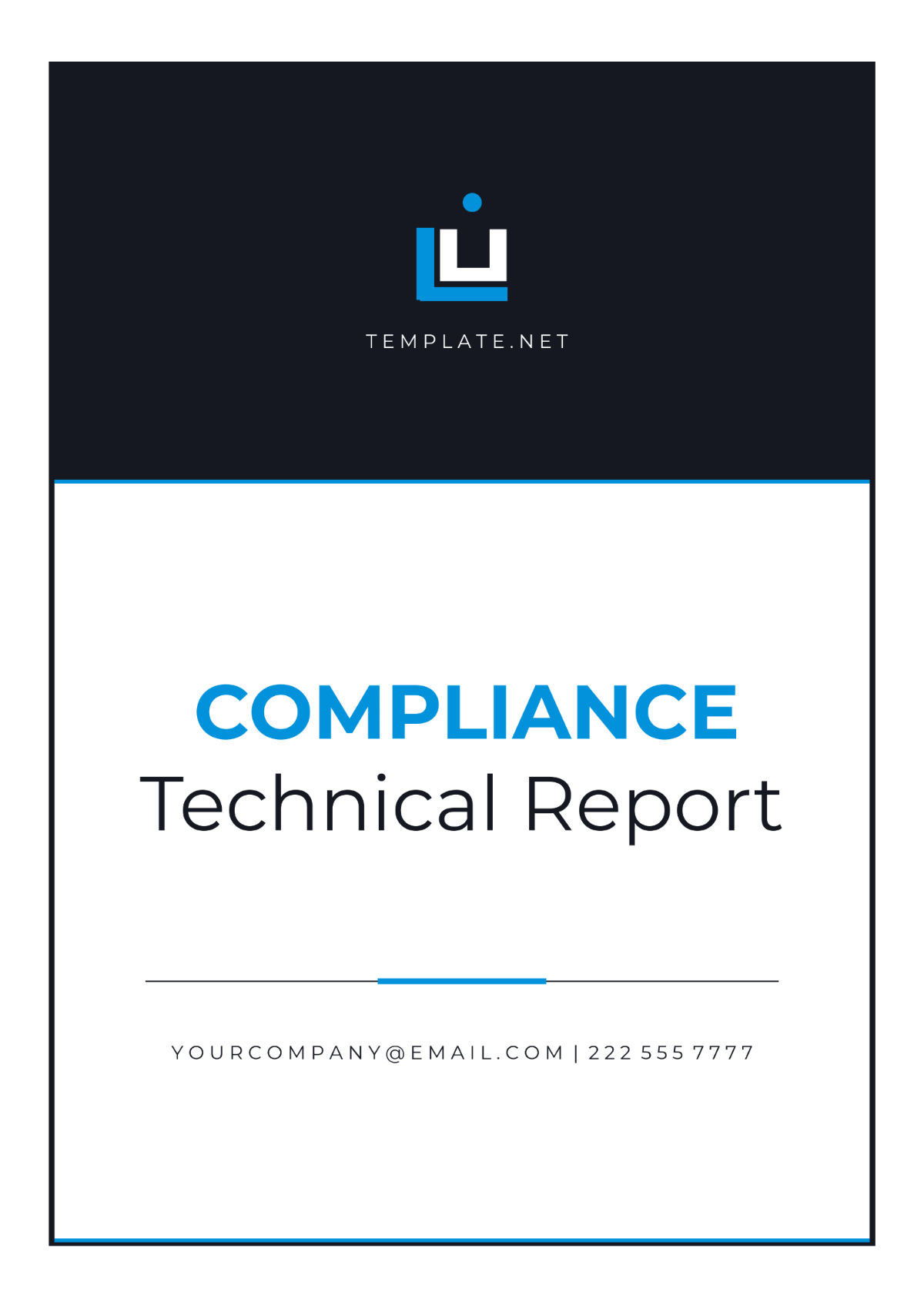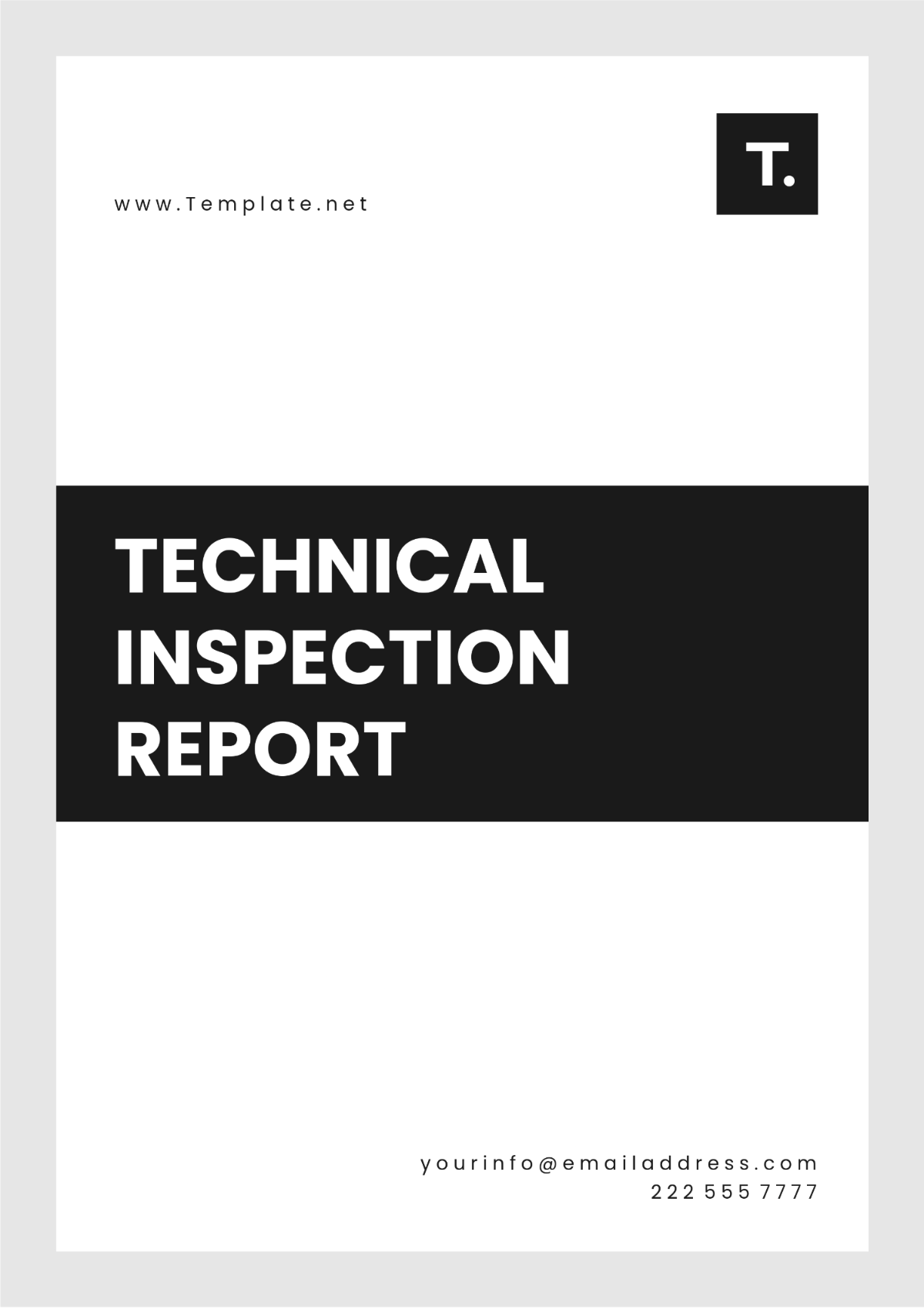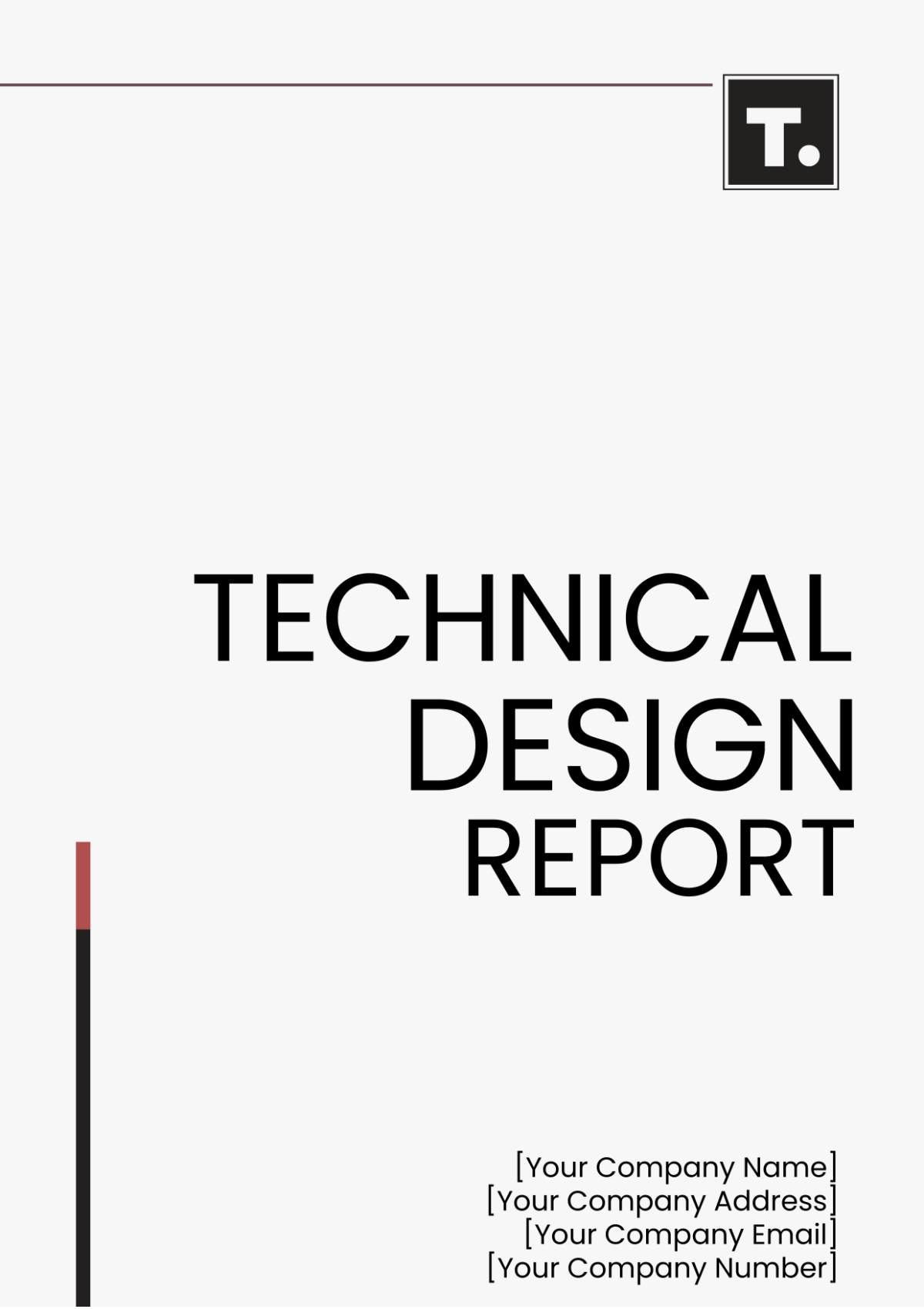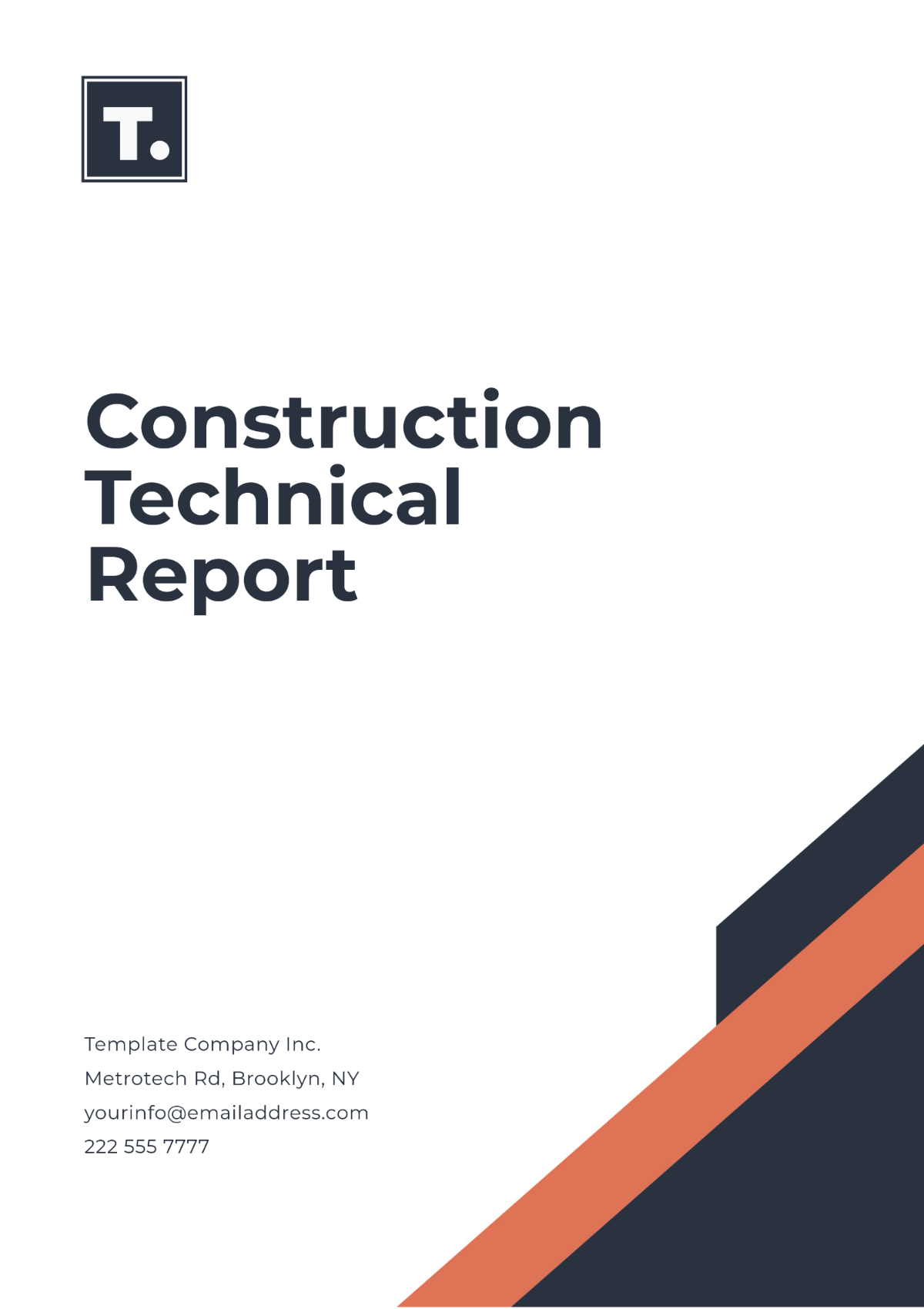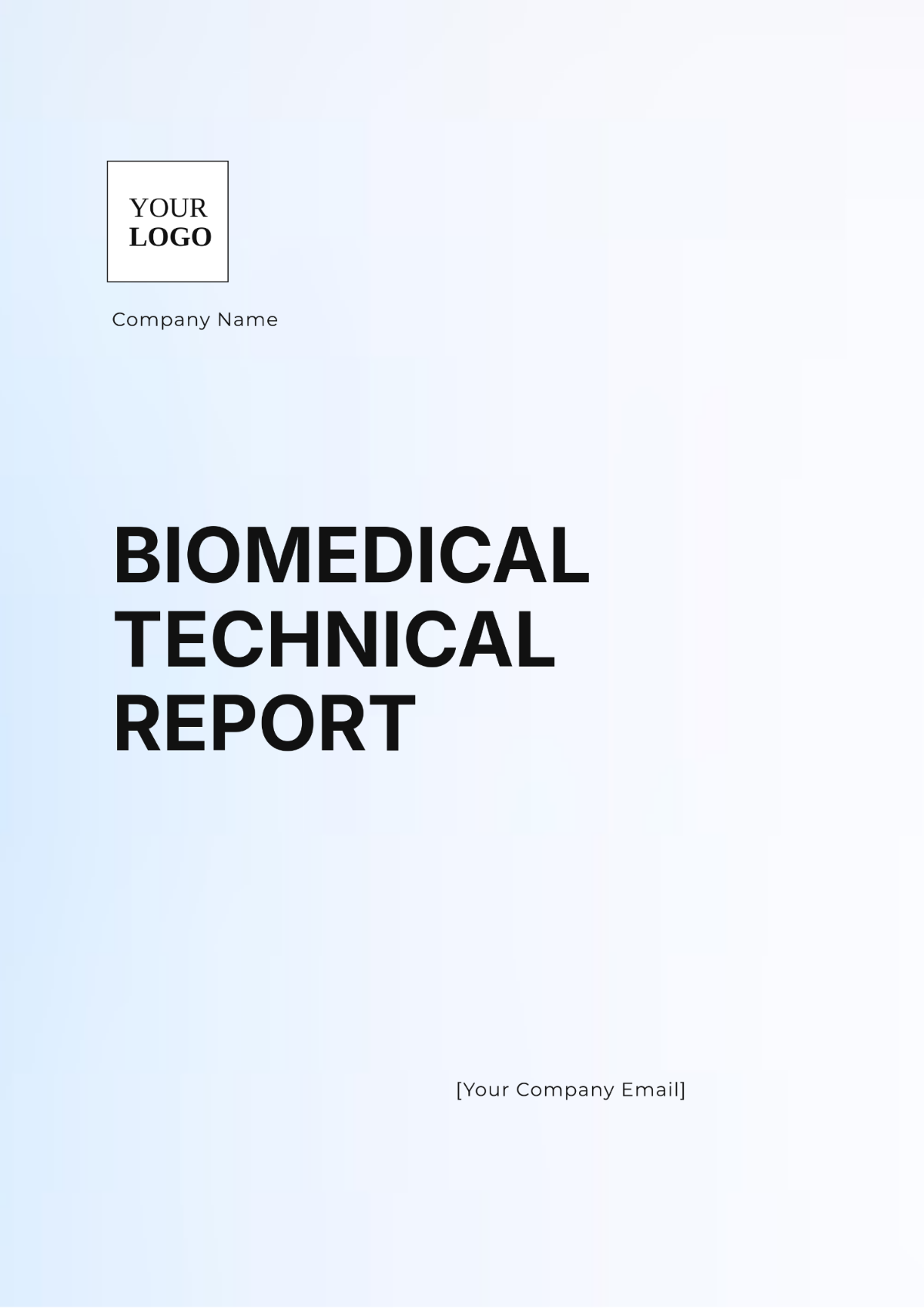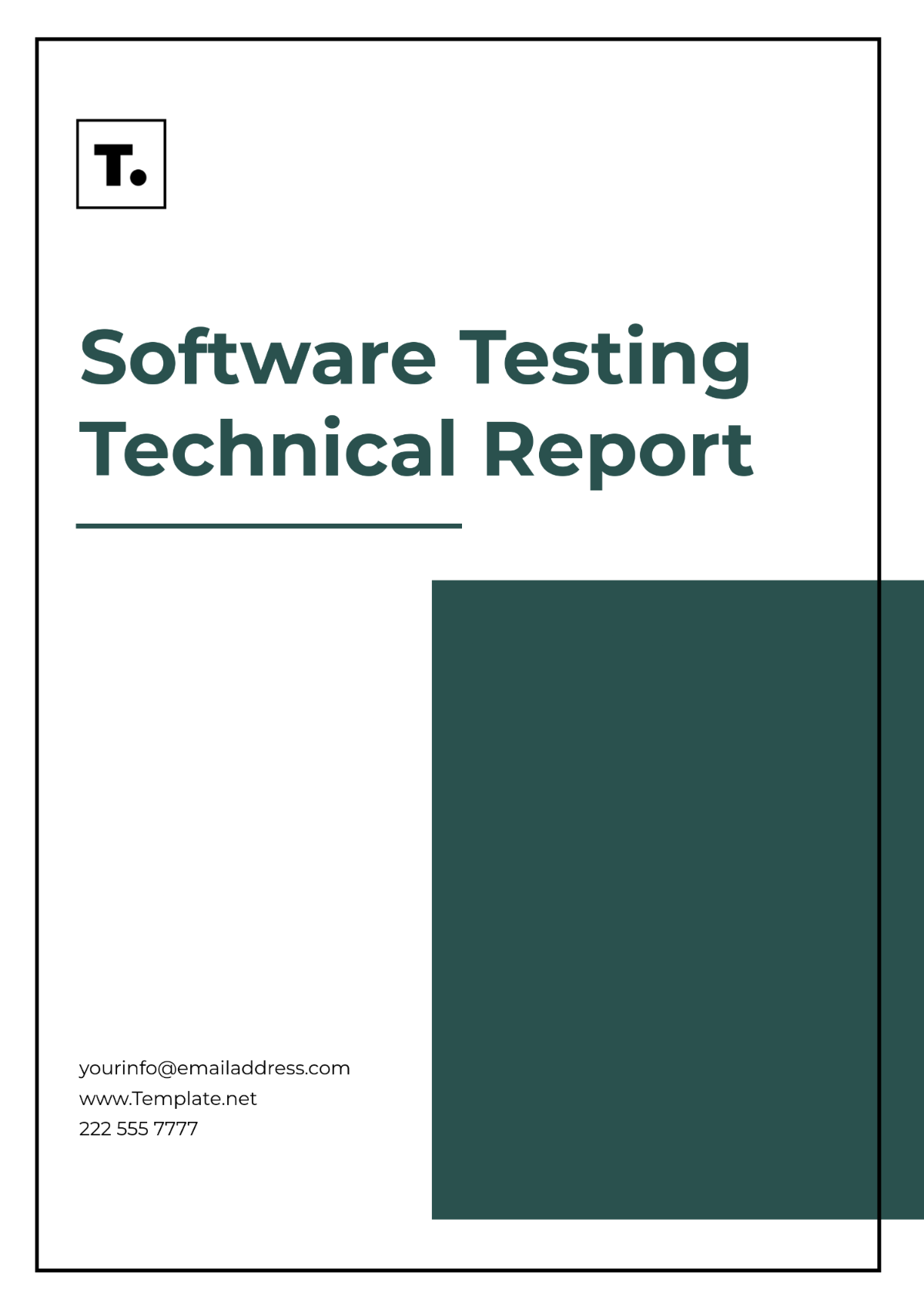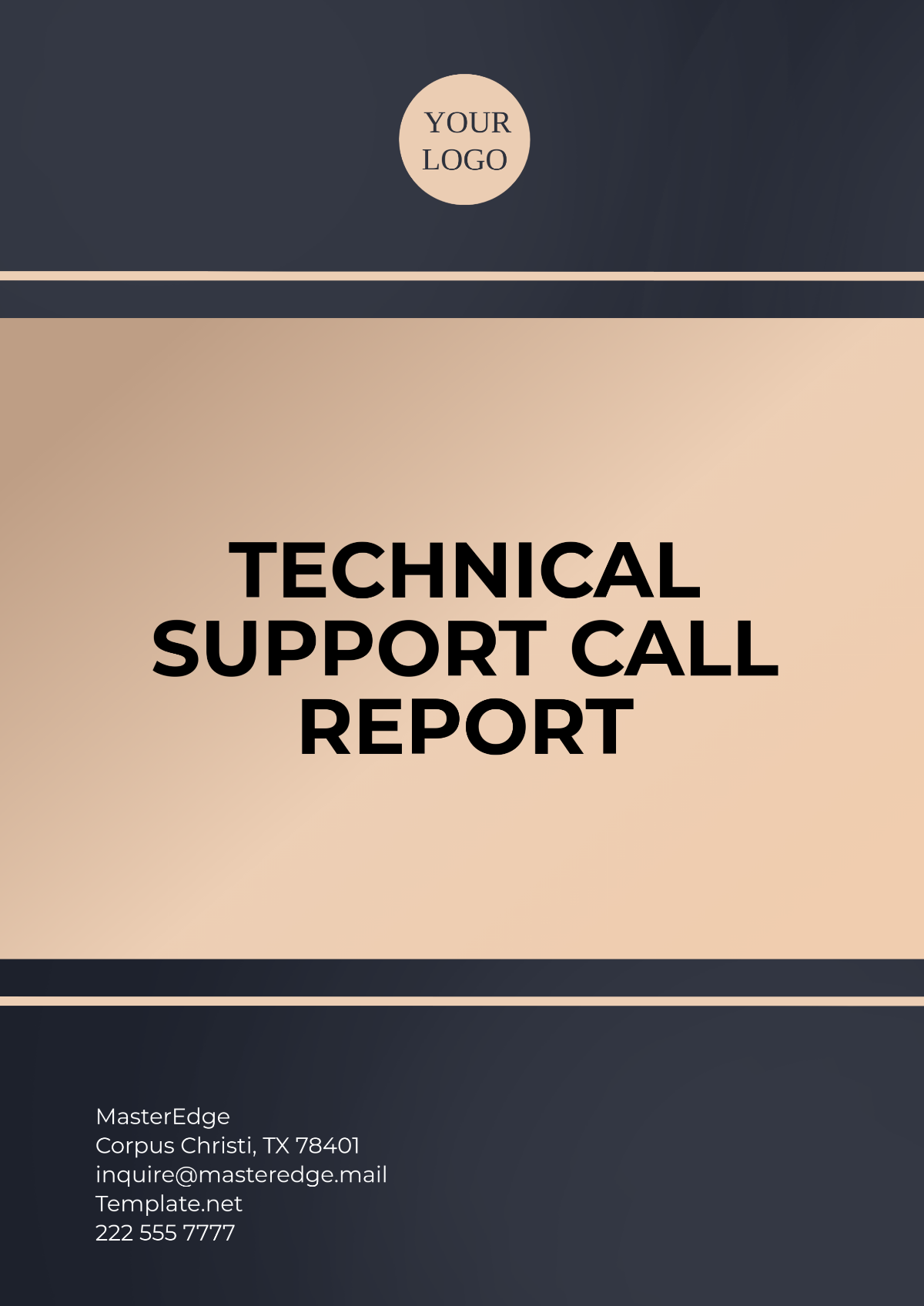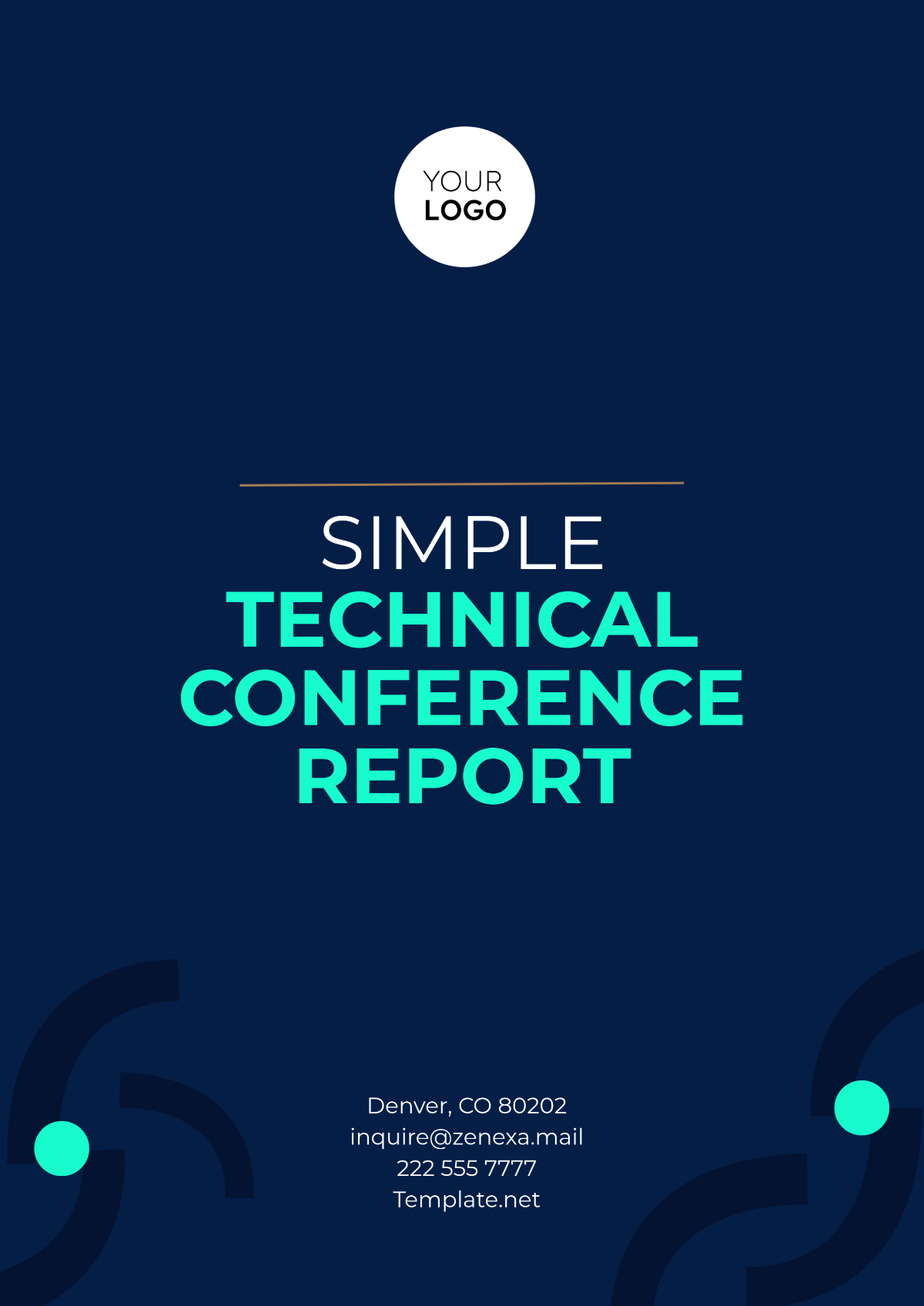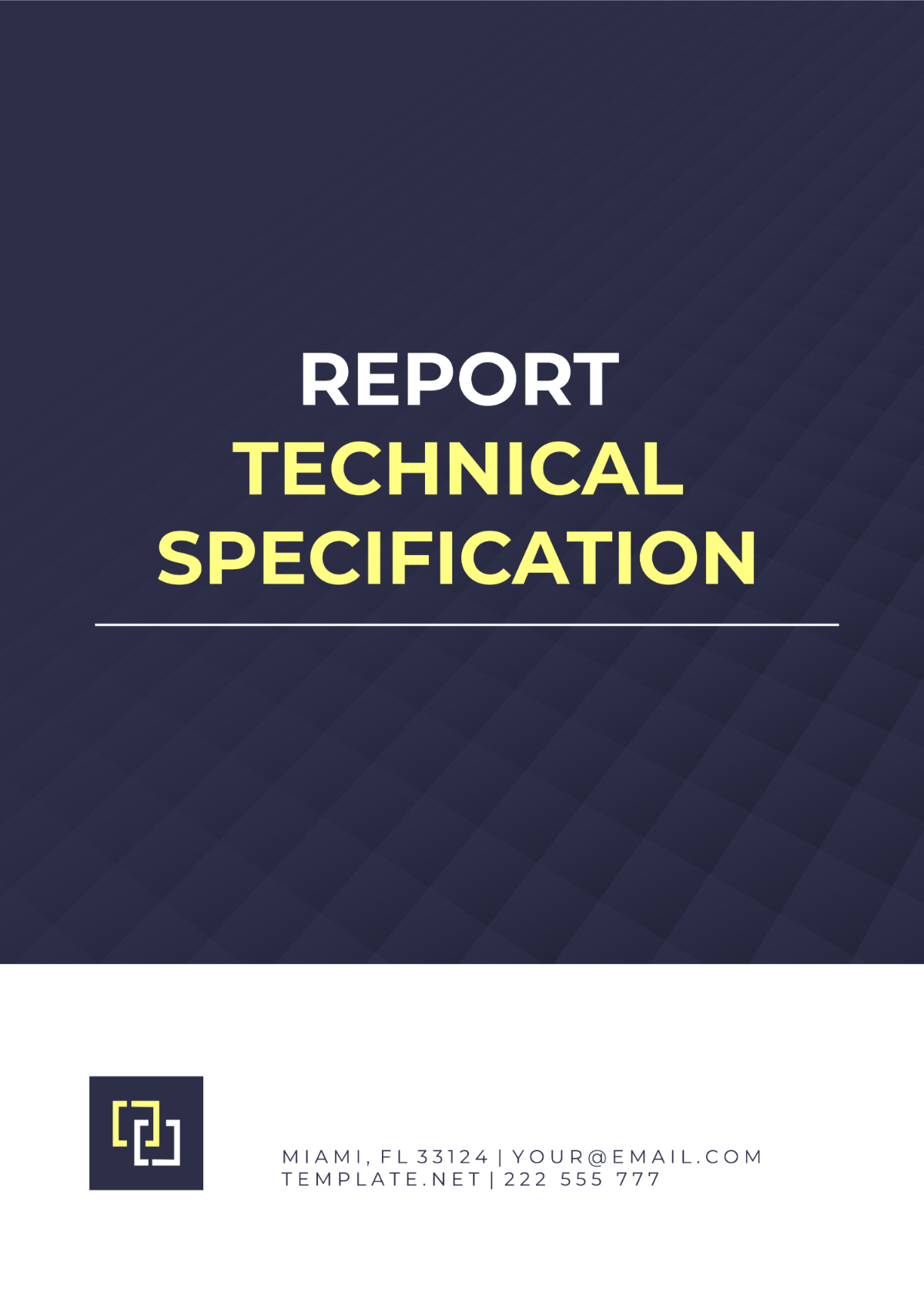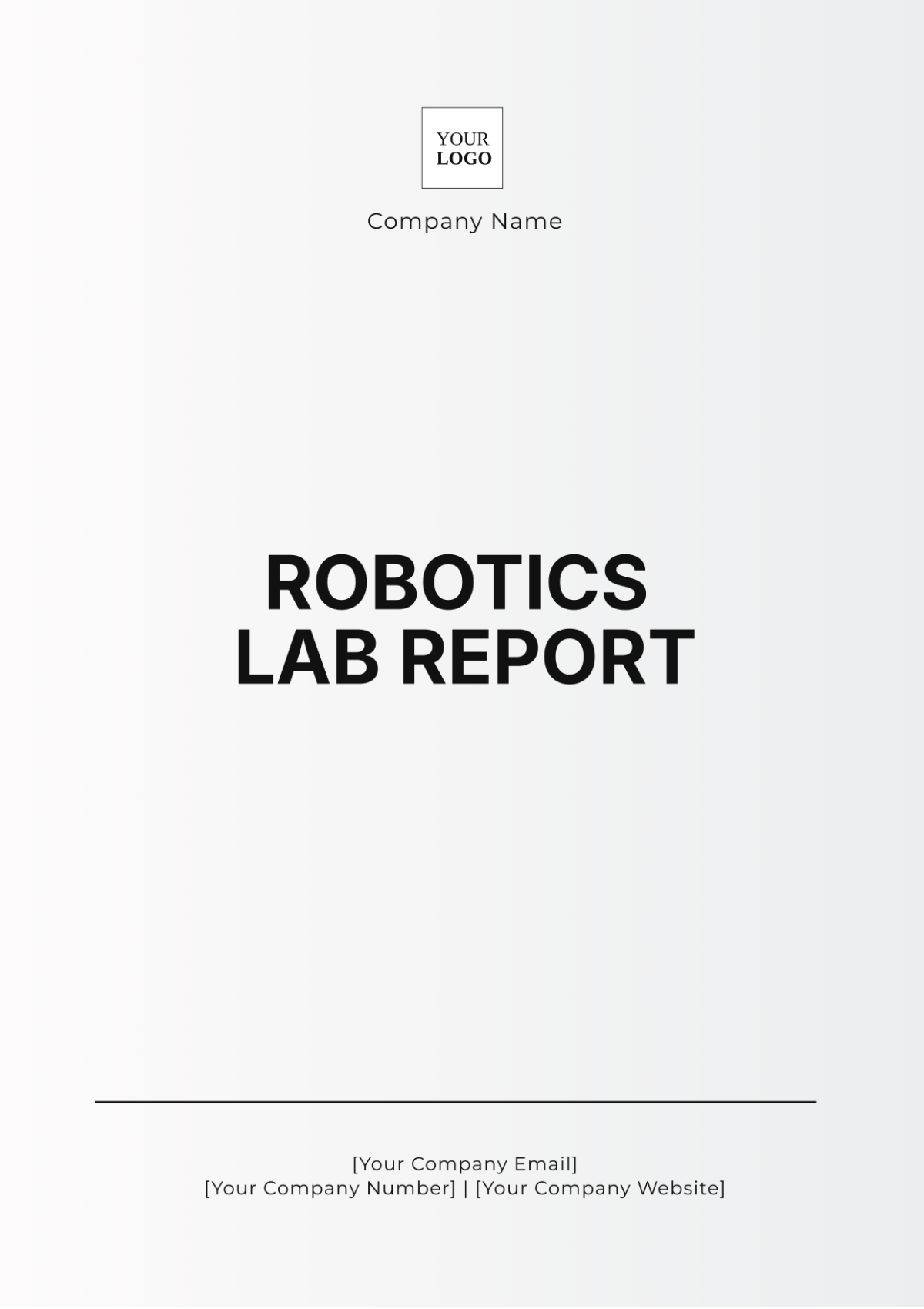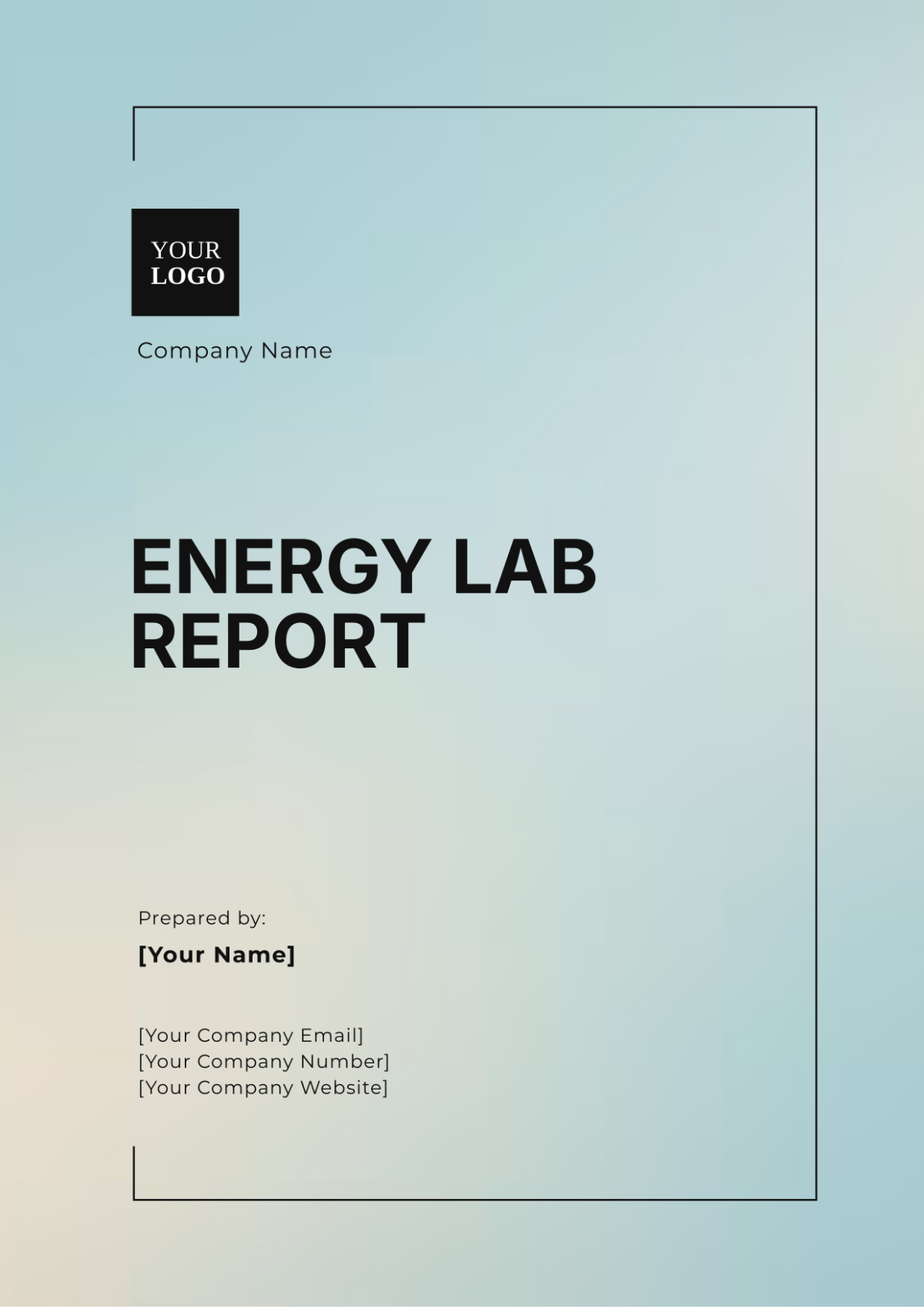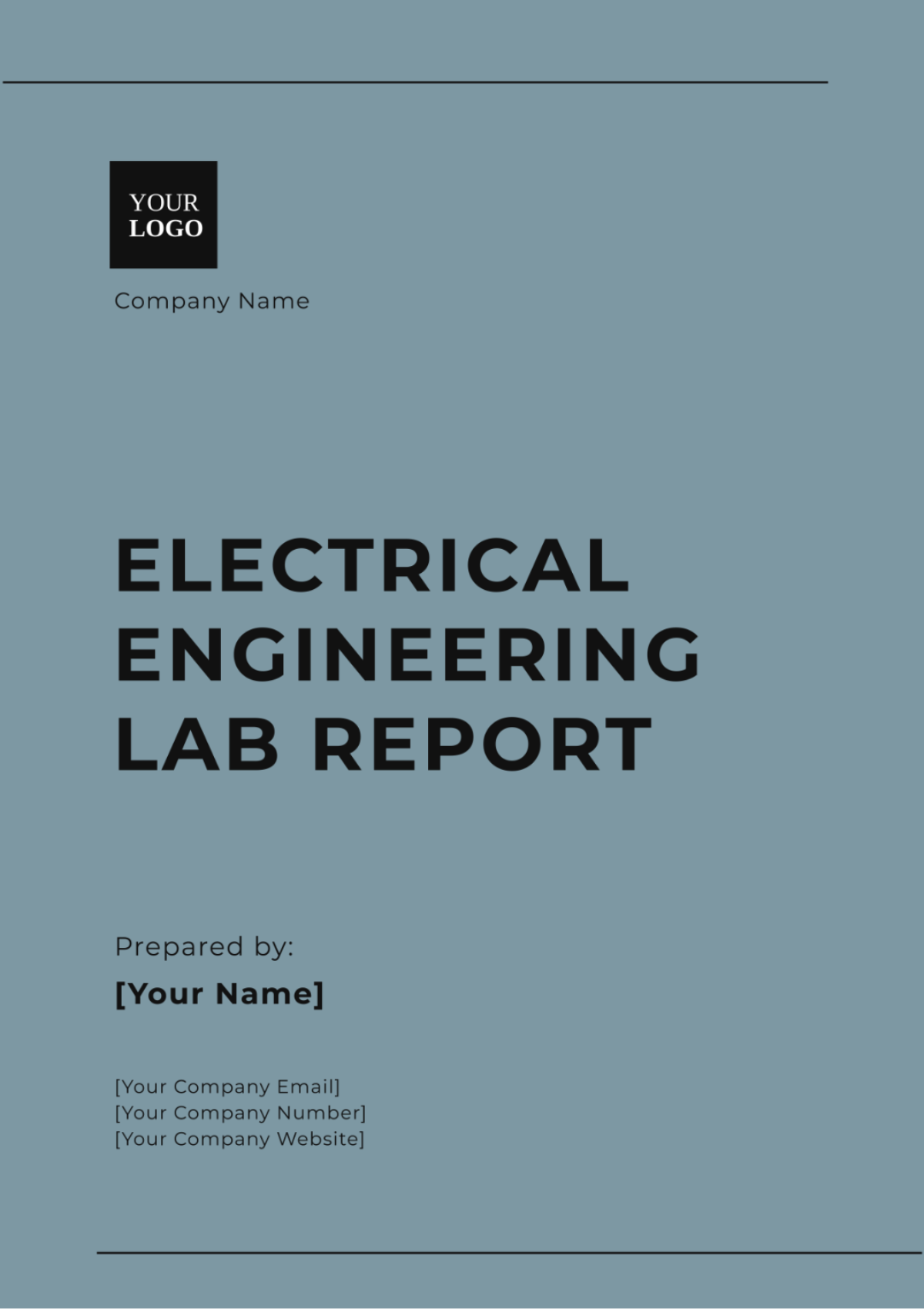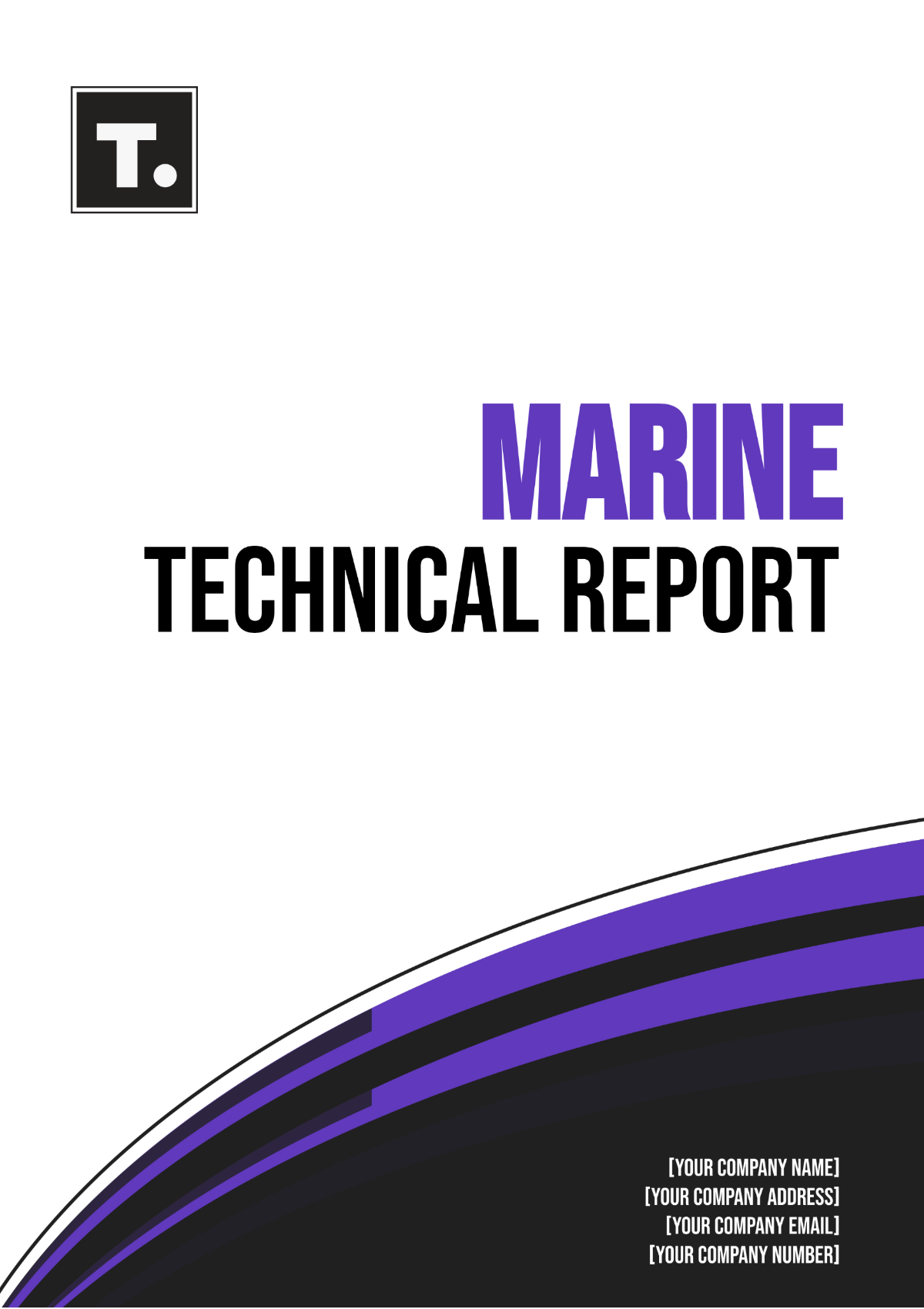Technical Due Diligence Report
Prepared by: [Your Name]
Company: [Your Company Name]
Date: January 5, 2050
I. Executive Summary
This Technical Due Diligence Report provides an in-depth evaluation of the technical aspects of a potential acquisition. The assessment includes infrastructure, technology stack, development practices, security measures, and future scalability. The purpose of this report is to identify both strengths and weaknesses in the target company's technical framework, thereby informing the acquisition decision.
II. Introduction
a. Background
This report aims to uncover potential risks and opportunities associated with the technical components of the target company. A thorough technical evaluation is crucial for understanding how well the target company's technology aligns with the acquiring company's strategic objectives. It also identifies areas where additional investment may be necessary to mitigate risks and capitalize on opportunities.
b. Objectives
Assess the current state of technical infrastructure: Evaluate the robustness, reliability, and efficiency of the existing infrastructure.
Evaluate software development practices and methodologies: Analyze the efficiency and effectiveness of development processes.
Identify potential technical risks and vulnerabilities: Highlight areas that pose a risk to the company's operations and security.
Recommend areas for improvement and investment: Provide actionable suggestions to enhance the company's technical capabilities.
III. Methodology
a. Data Collection
Data was meticulously gathered from a variety of sources, ensuring a comprehensive and accurate assessment:
Interviews with key technical staff: In-depth discussions with engineers, developers, and IT managers.
Review of documentation and technical artifacts: Analysis of system designs, codebases, technical specifications, and operational manuals.
On-site inspections and audits: Direct observation of the infrastructure, network setups, and physical security measures.
b. Evaluation Criteria
The following criteria were rigorously applied to evaluate the technical aspects of the target company:
Infrastructure and Architecture: Stability, scalability, and modernity of the infrastructure.
Software Development Lifecycle (SDLC): Effectiveness of development methodologies, processes, and tools.
Security Protocols: Strength and comprehensiveness of security measures.
Scalability and Future-Proofing: Ability to support future growth and adaptability to new technologies.
IV. Findings
a. Infrastructure and Architecture
The target company employs a hybrid cloud infrastructure combining on-premises and cloud-based solutions. The architecture is modular, allowing for efficient scaling and maintainability. However, there are opportunities to optimize cloud cost management and further enhance the infrastructure's flexibility.
b. Software Development Lifecycle (SDLC)
The company follows Agile methodologies, with Continuous Integration and Continuous Delivery (CI/CD) pipelines in place. Test automation is implemented, but it currently covers only a subset of features. Expanding test automation can improve overall quality and speed of delivery.
c. Security Protocols
Security measures are generally robust, with regular updates and patch management procedures in place. However, some legacy systems still require additional security hardening to meet modern standards. Regular penetration testing and vulnerability assessments are recommended.
d. Scalability and Future-Proofing
The current setup supports future growth, but further investment in new technologies such as Kubernetes for container orchestration could enhance scalability and operational efficiency. Additionally, adopting microservices architecture can improve system modularity and scalability.
V. Conclusion
The technical due diligence has revealed a solid technical foundation with several areas for improvement. By addressing the identified gaps, the target company can enhance its competitive edge and security posture. Investing in advanced technologies and optimizing current practices will ensure long-term sustainability and growth.
VI. Recommendations
Invest in enhanced test automation tools and practices: Broaden the scope of automated testing to include more features and scenarios.
Phase out legacy systems to improve overall security: Replace outdated systems with modern, secure alternatives.
Implement Kubernetes for better container management and scalability: Leverage container orchestration to streamline deployment and scaling.
Continue regular security audits and updates: Maintain rigorous security practices to protect against emerging threats.
VII. Appendices
a. Table of Findings
Area | Findings | Recommendations |
|---|---|---|
Infrastructure | Hybrid cloud setup, modular architecture | Monitor and manage cloud costs effectively |
SDLC | Agile processes, CI/CD implemented | Enhance test automation |
Security | Robust measures, some legacy systems | Harden legacy systems |
Scalability | Supports future growth | Adopt Kubernetes |
b. Additional Details
Infrastructure Overview
Component | Current Status | Improvement Area |
|---|---|---|
On-premises Servers | 70% utilization | Optimize load distribution |
Cloud Services | 60% of operations | Cost management strategies |
Network Architecture | Redundant setup | Update aging components |
SDLC Maturity
Aspect | Current Maturity | Target Maturity |
|---|---|---|
Agile Practices | Intermediate | Advanced |
CI/CD Pipeline | Partially Implemented | Fully Implemented |
Test Automation Coverage | 50% | 90% |
Security Assessment
Area | Current Rating | Recommendation |
|---|---|---|
Patch Management | Good | Regular updates |
Legacy System Security | Moderate | Additional hardening required |
Penetration Testing | Annual | Increase frequency to quarterly |
Scalability Projections
Year | Projected Growth | Current Capacity | Required Capacity |
|---|---|---|---|
2050 | 25% increase | 80% | 100% |
2055 | 40% increase | 85% | 120% |
2060 | 50% increase | 90% | 140% |
